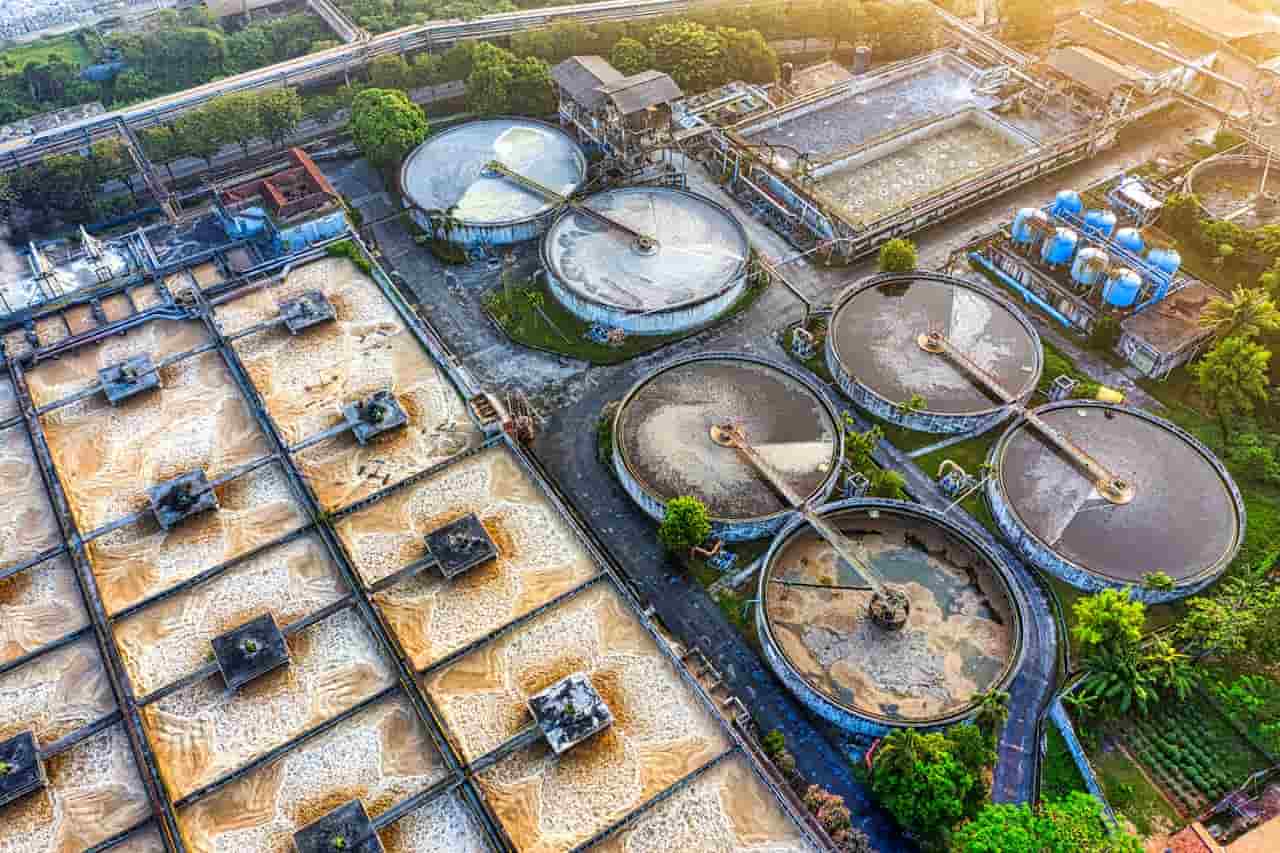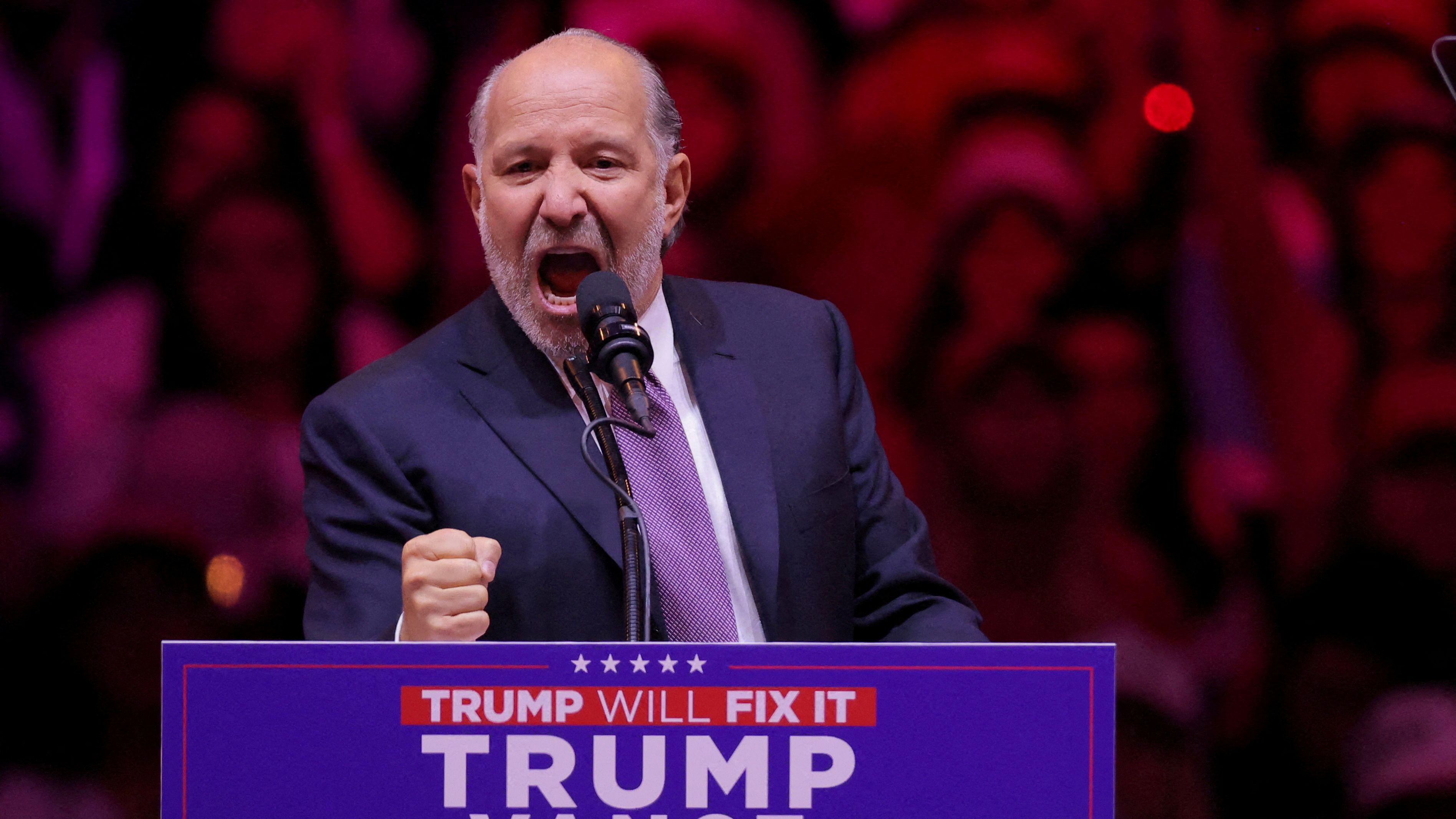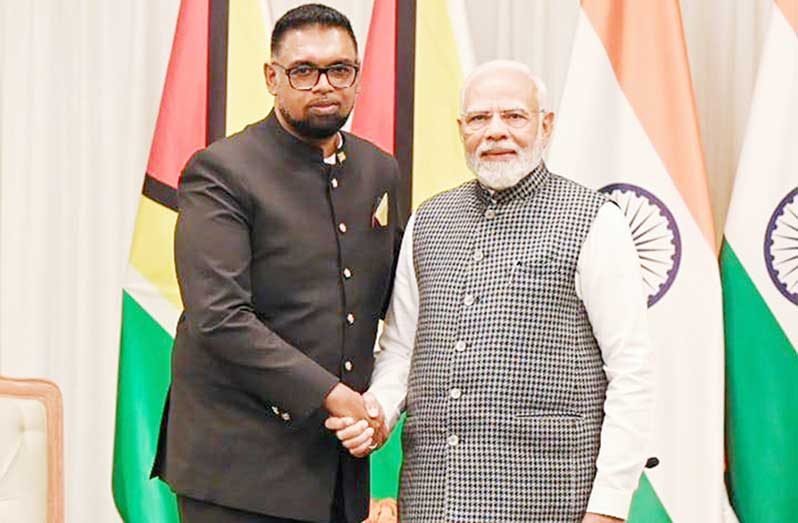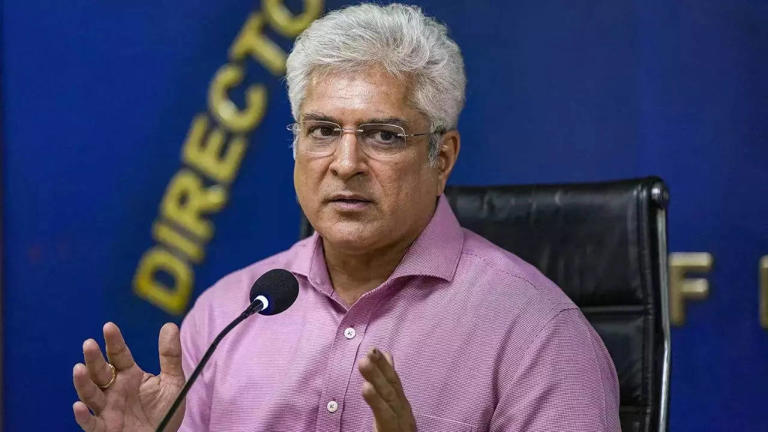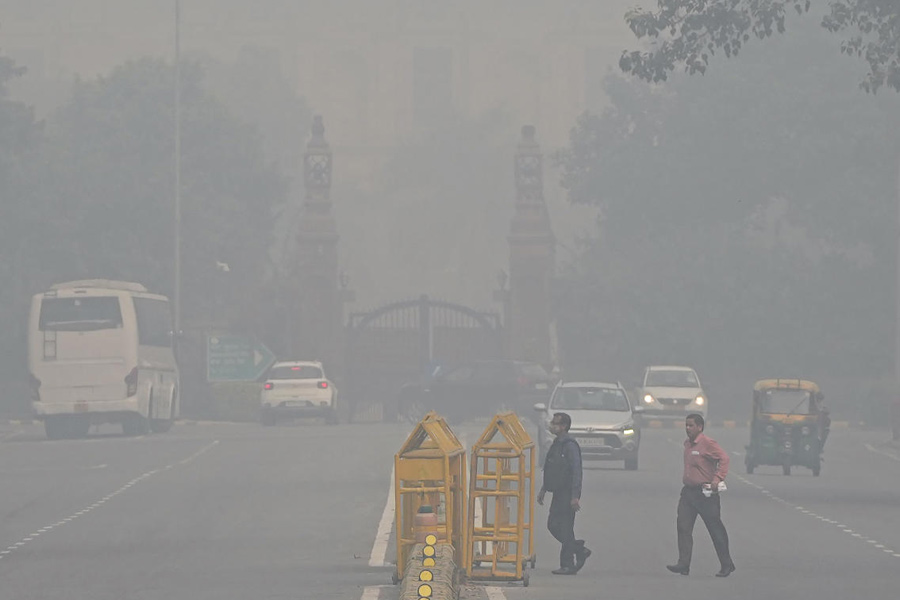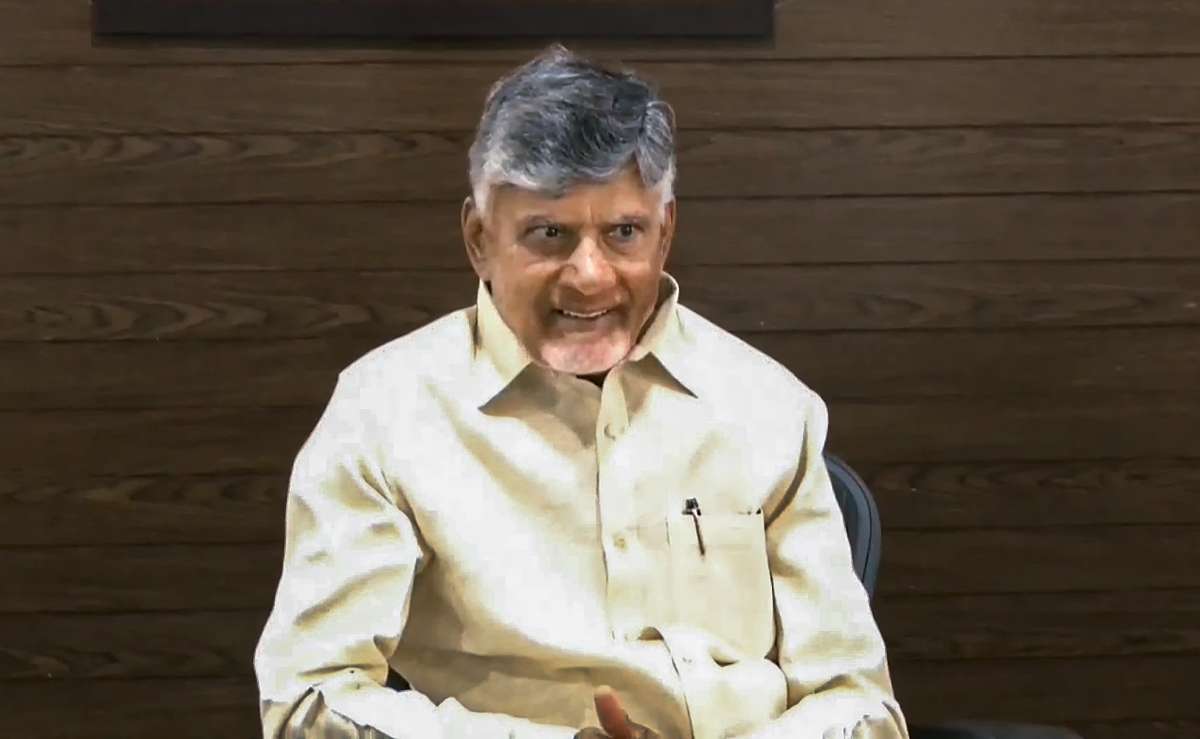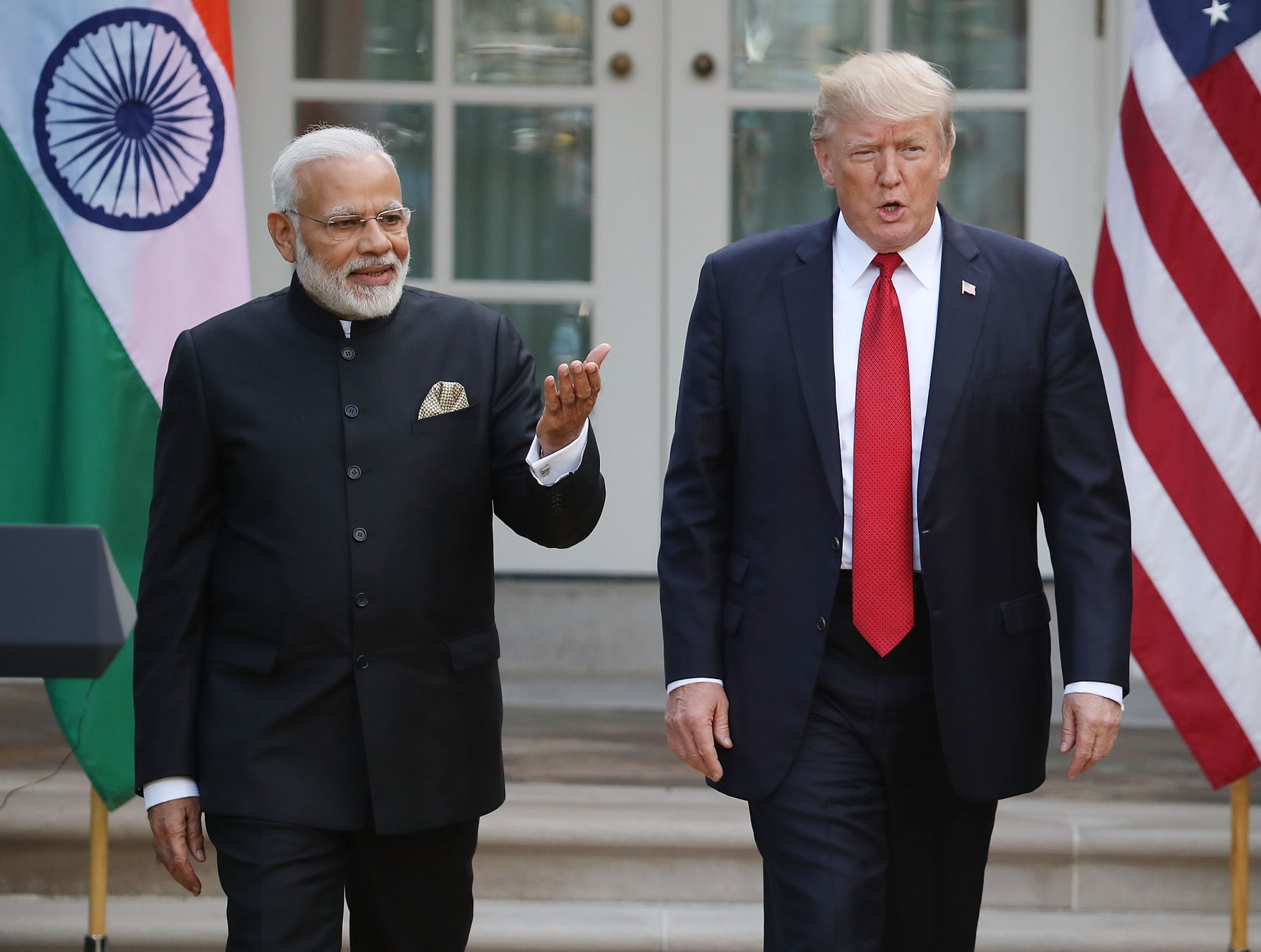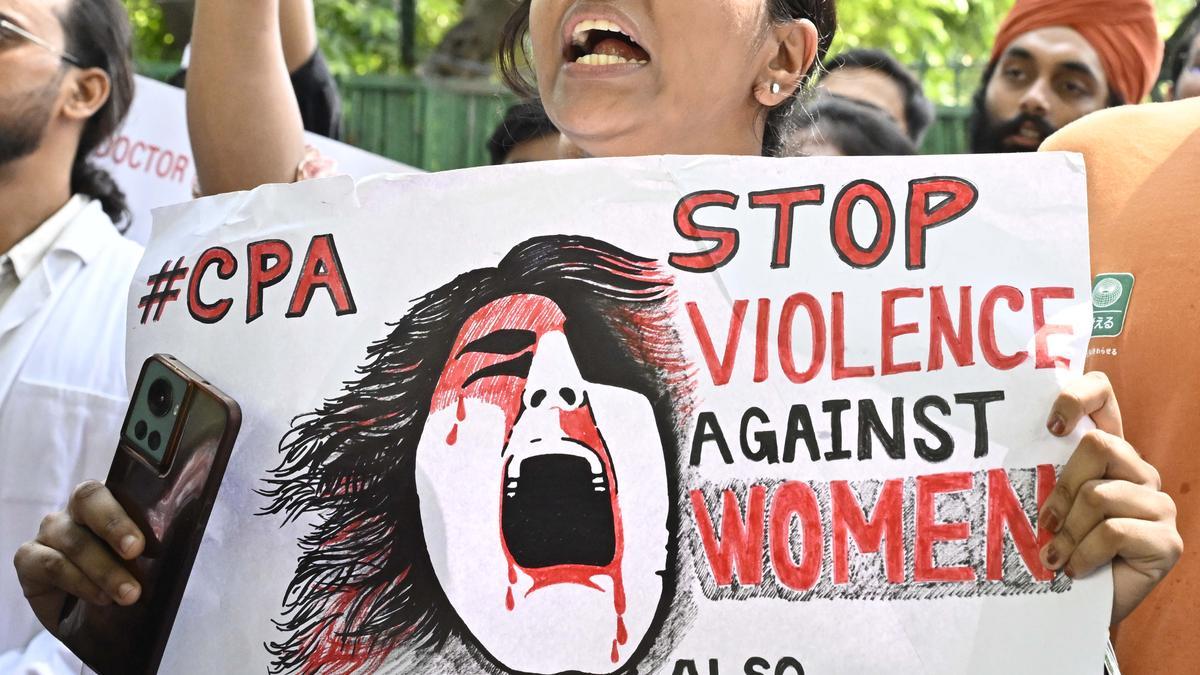Home / mumbai / Maharashtra Plans Congestion Taxes and Car Ownership Limits to Reduce Traffic
Maharashtra Plans Congestion Taxes and Car Ownership Limits to Reduce Traffic
By: My India Times
3 minutes read 35Updated At: 2025-01-11
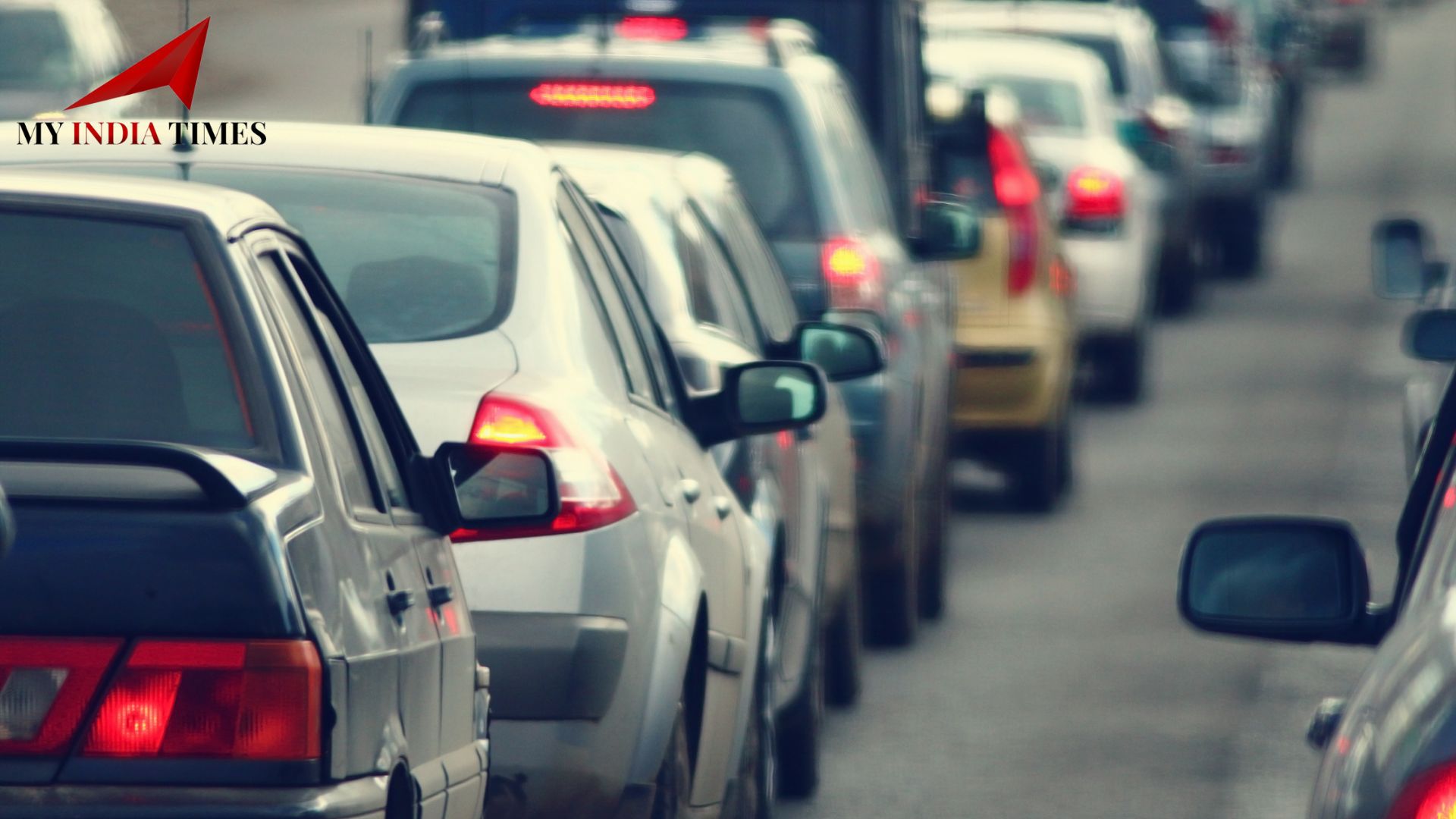
Mumbai and its surrounding cities in the Mumbai Metropolitan Region (MMR) have long struggled with traffic congestion, parking shortages, and increasing air and noise pollution. To address these challenges, the Maharashtra government has introduced an ambitious initiative aimed at transforming the region's transportation system. Spearheaded by Chief Minister Devendra Fadnavis and the transport department, this plan seeks to develop cleaner, less congested, and more sustainable urban environments.
Certified Parking Area (CPA): A Game-Changing Requirement
One of the centerpiece proposals is the mandatory Certified Parking Area (CPA) certificate for registering new vehicles. This innovative initiative requires that all vehicle owners demonstrate access to a designated parking space prior to adding another car to the already congested streets of the city. By mandating both private and public parking arrangements, this policy tackles the underlying issues of parking disorder and mitigates additional pressure on urban areas.
Introducing Congestion Taxes in High-Traffic Zones
To further ease vehicular traffic, the government is considering implementing congestion taxes in heavily crowded areas like South Mumbai and key business districts. By implementing a financial incentive for vehicles entering these zones, authorities aim to promote alternative modes of transportation, including public transit, ride-sharing, or carpooling. Comparable initiatives in cities such as London and Stockholm have led to considerable reductions in traffic congestion and environmental pollution, demonstrating the potential effectiveness of this strategy.
Capping the Number of Cars Per Family
The rapid rise in vehicle ownership has become a significant contributor to urban congestion. To tackle this, the Maharashtra government is contemplating a restriction on the number of cars each family can own. This policy draws inspiration from international practices, such as Singapore’s vehicle quota system, which has successfully controlled car population growth for decades.
Restricted Entry Zones: Reducing Urban Pressure
A novel approach to minimizing congestion in high-demand areas involves creating restricted entry zones for vehicles. These zones would include designated parking spaces in nearby locations, such as those managed by the Mumbai Port Authority. Once parked, commuters could seamlessly switch to public transport for the remainder of their journey. This approach not only reduces traffic in densely packed areas but also optimizes the use of public transport infrastructure.
Lessons from International Cities: Proven Strategies
Maharashtra’s vision is influenced by successful policies worldwide. For example:
- Japan: Enforces a “garage certificate” system, requiring car owners to prove they have parking space.
- Singapore: Uses a Certificate of Entitlement (COE) system, allowing vehicle ownership for a limited 10-year period.
- London: Levies a congestion tax of £15 in its central business district, leading to a 20% reduction in vehicle usage.
- Stockholm: Implements a toll system to restrict traffic in busy areas, enhancing urban mobility. By adopting and localizing such strategies, Maharashtra seeks to create a sustainable and effective solution tailored to its unique challenges.
Public Transport: The Key to Success
For these measures to succeed, a robust public transportation system is essential. Recognizing this, the government has accelerated Metro development, enhanced bus networks, and improved last-mile connectivity. With better transport options, commuters will have viable alternatives to private vehicles, making it easier to embrace the proposed changes.
Phased Implementation and Stakeholder Engagement
The proposed changes will be implemented gradually, ensuring minimal disruption. The government plans to start with Navi Mumbai, a region that offers the infrastructure and readiness to pilot these initiatives effectively. To address potential resistance from car manufacturers and the public, the government is actively engaging stakeholders, including transport authorities, urban development agencies, and industry representatives.
Overcoming Challenges with Collaborative Solutions
Experts acknowledge that implementing such transformative measures won’t be easy. Opposition from powerful automobile lobbies, logistical hurdles, and public resistance are expected. However, by emphasizing the benefits—cleaner air, smoother traffic flow, and better urban living—the government is optimistic about garnering widespread support.
Transforming Maharashtra into a Model State
This visionary initiative aims to position Maharashtra as a leader in sustainable urban development. With a focus on long-term benefits, the government is determined to tackle urban mobility challenges head-on, ensuring a cleaner, greener, and more organized future for its citizens.
A Sustainable Future Awaits
The proposed changes, while ambitious, mark a critical step forward for Maharashtra. By embracing innovative policies, prioritizing sustainability, and learning from global examples, the state is setting a precedent for cities across India. Whether through mandatory parking certificates, congestion taxes, or vehicle ownership limits, these measures promise to redefine urban living and pave the way for a brighter, less congested tomorrow.
....Mumbai and its surrounding cities in the Mumbai Metropolitan Region (MMR) have long struggled with traffic congestion, parking shortages, and increasing air and noise pollution. To address these challenges, the Maharashtra government has introduced an ambitious initiative aimed at transforming the region's transportation system. Spearheaded by Chief Minister Devendra Fadnavis and the transport department, this plan seeks to develop cleaner, less congested, and more sustainable urban environments.
Certified Parking Area (CPA): A Game-Changing Requirement
One of the centerpiece proposals is the mandatory Certified Parking Area (CPA) certificate for registering new vehicles. This innovative initiative requires that all vehicle owners demonstrate access to a designated parking space prior to adding another car to the already congested streets of the city. By mandating both private and public parking arrangements, this policy tackles the underlying issues of parking disorder and mitigates additional pressure on urban areas.
Introducing Congestion Taxes in High-Traffic Zones
To further ease vehicular traffic, the government is considering implementing congestion taxes in heavily crowded areas like South Mumbai and key business districts. By implementing a financial incentive for vehicles entering these zones, authorities aim to promote alternative modes of transportation, including public transit, ride-sharing, or carpooling. Comparable initiatives in cities such as London and Stockholm have led to considerable reductions in traffic congestion and environmental pollution, demonstrating the potential effectiveness of this strategy.
Capping the Number of Cars Per Family
The rapid rise in vehicle ownership has become a significant contributor to urban congestion. To tackle this, the Maharashtra government is contemplating a restriction on the number of cars each family can own. This policy draws inspiration from international practices, such as Singapore’s vehicle quota system, which has successfully controlled car population growth for decades.
Restricted Entry Zones: Reducing Urban Pressure
A novel approach to minimizing congestion in high-demand areas involves creating restricted entry zones for vehicles. These zones would include designated parking spaces in nearby locations, such as those managed by the Mumbai Port Authority. Once parked, commuters could seamlessly switch to public transport for the remainder of their journey. This approach not only reduces traffic in densely packed areas but also optimizes the use of public transport infrastructure.
Lessons from International Cities: Proven Strategies
Maharashtra’s vision is influenced by successful policies worldwide. For example:
- Japan: Enforces a “garage certificate” system, requiring car owners to prove they have parking space.
- Singapore: Uses a Certificate of Entitlement (COE) system, allowing vehicle ownership for a limited 10-year period.
- London: Levies a congestion tax of £15 in its central business district, leading to a 20% reduction in vehicle usage.
- Stockholm: Implements a toll system to restrict traffic in busy areas, enhancing urban mobility. By adopting and localizing such strategies, Maharashtra seeks to create a sustainable and effective solution tailored to its unique challenges.
Public Transport: The Key to Success
For these measures to succeed, a robust public transportation system is essential. Recognizing this, the government has accelerated Metro development, enhanced bus networks, and improved last-mile connectivity. With better transport options, commuters will have viable alternatives to private vehicles, making it easier to embrace the proposed changes.
Phased Implementation and Stakeholder Engagement
The proposed changes will be implemented gradually, ensuring minimal disruption. The government plans to start with Navi Mumbai, a region that offers the infrastructure and readiness to pilot these initiatives effectively. To address potential resistance from car manufacturers and the public, the government is actively engaging stakeholders, including transport authorities, urban development agencies, and industry representatives.
Overcoming Challenges with Collaborative Solutions
Experts acknowledge that implementing such transformative measures won’t be easy. Opposition from powerful automobile lobbies, logistical hurdles, and public resistance are expected. However, by emphasizing the benefits—cleaner air, smoother traffic flow, and better urban living—the government is optimistic about garnering widespread support.
Transforming Maharashtra into a Model State
This visionary initiative aims to position Maharashtra as a leader in sustainable urban development. With a focus on long-term benefits, the government is determined to tackle urban mobility challenges head-on, ensuring a cleaner, greener, and more organized future for its citizens.
A Sustainable Future Awaits
The proposed changes, while ambitious, mark a critical step forward for Maharashtra. By embracing innovative policies, prioritizing sustainability, and learning from global examples, the state is setting a precedent for cities across India. Whether through mandatory parking certificates, congestion taxes, or vehicle ownership limits, these measures promise to redefine urban living and pave the way for a brighter, less congested tomorrow.
By: My India Times
Updated At: 2025-01-11
Tags: mumbai News | My India Times News | Trending News | Travel News
Join our WhatsApp Channel












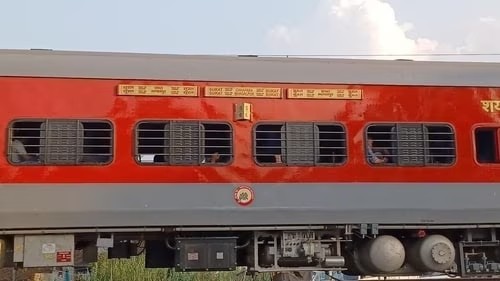

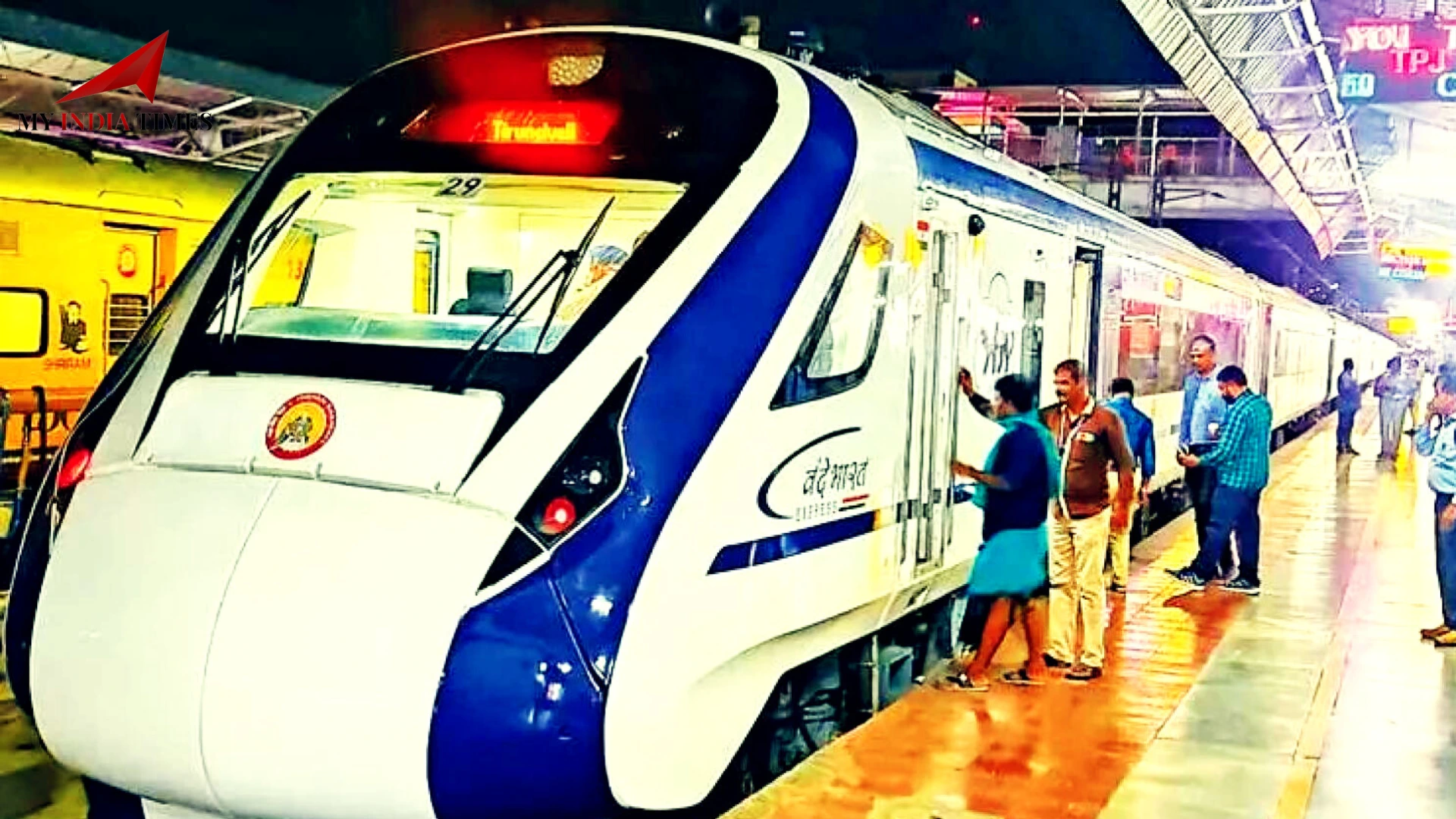

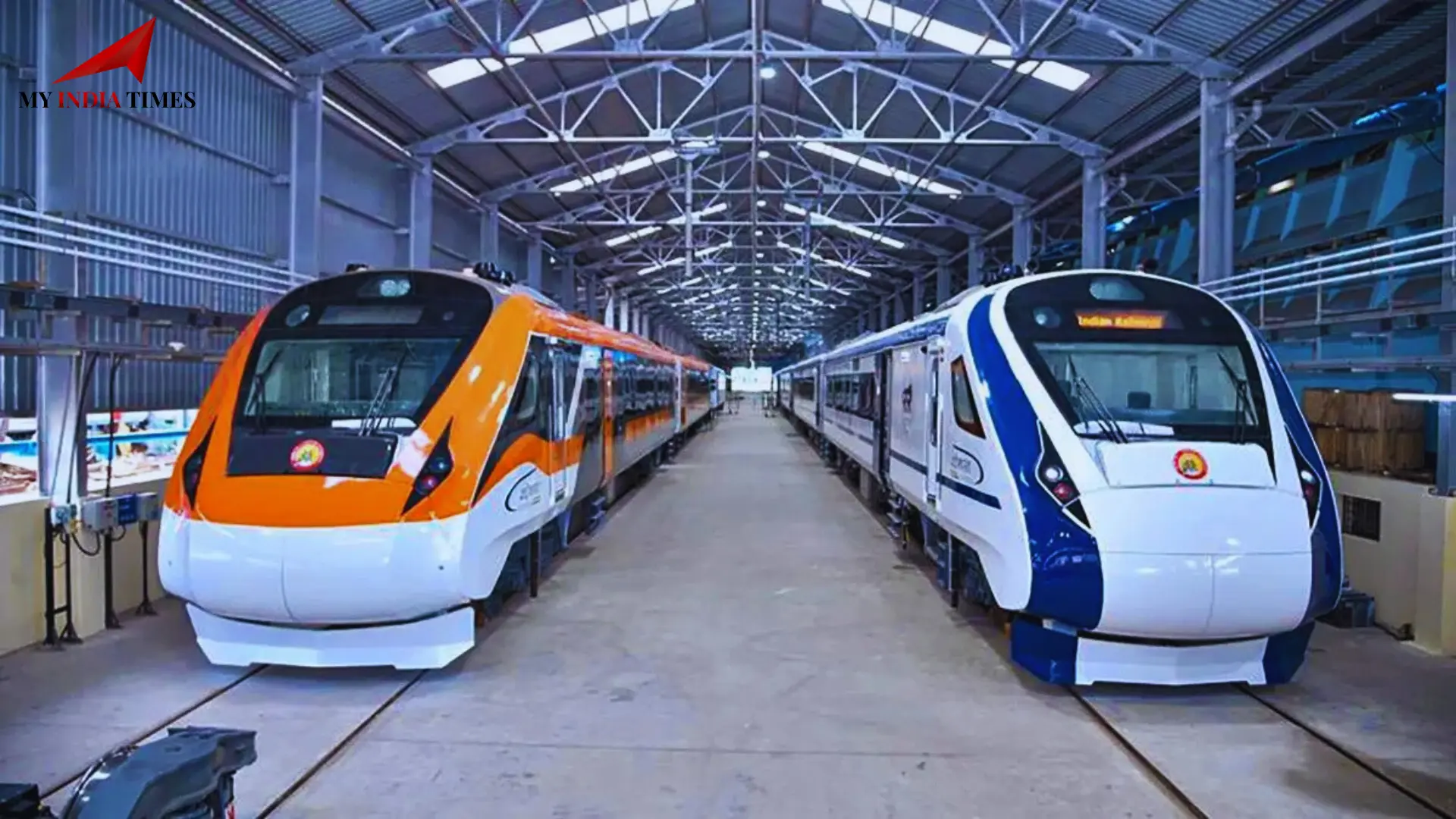
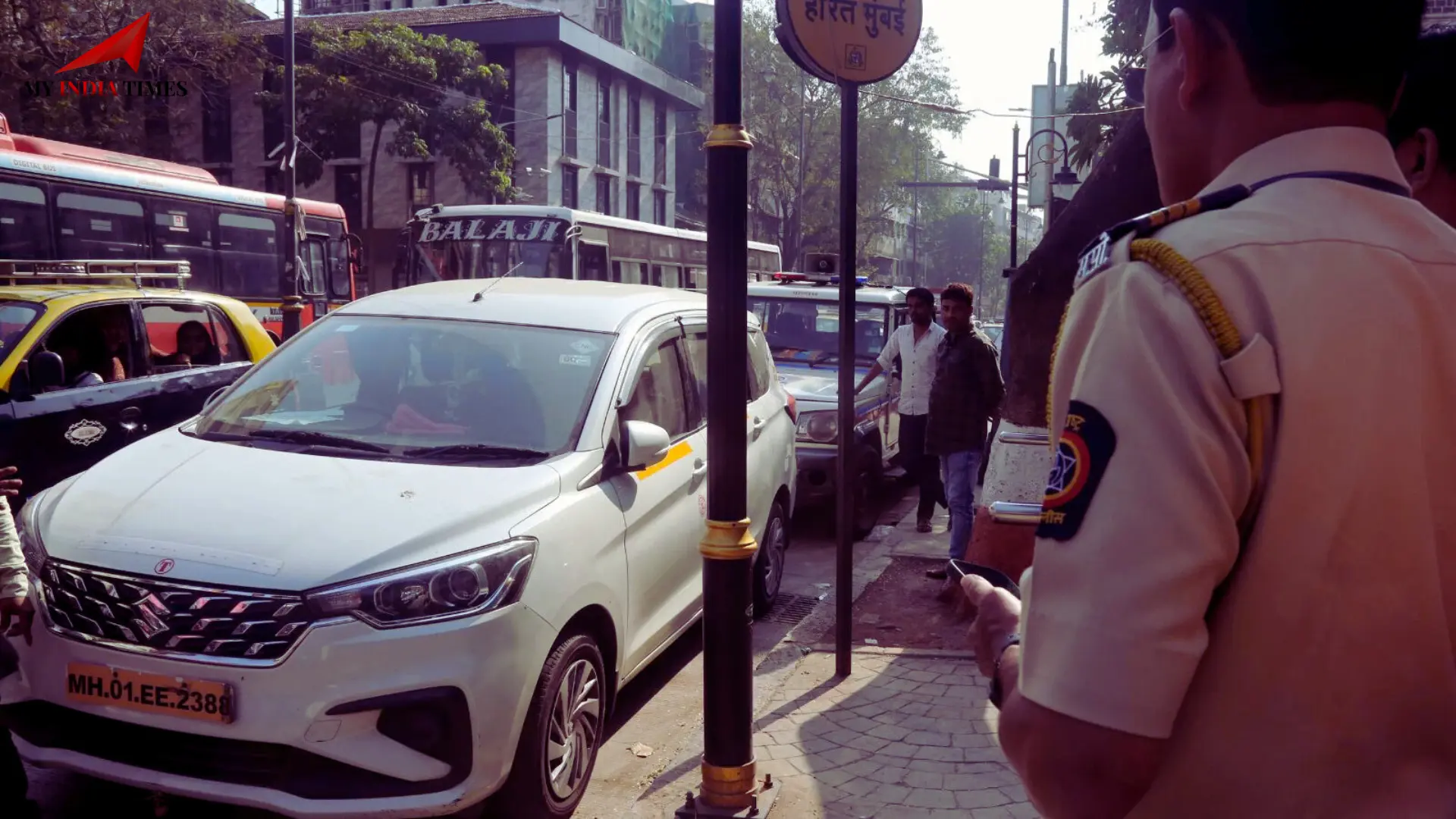
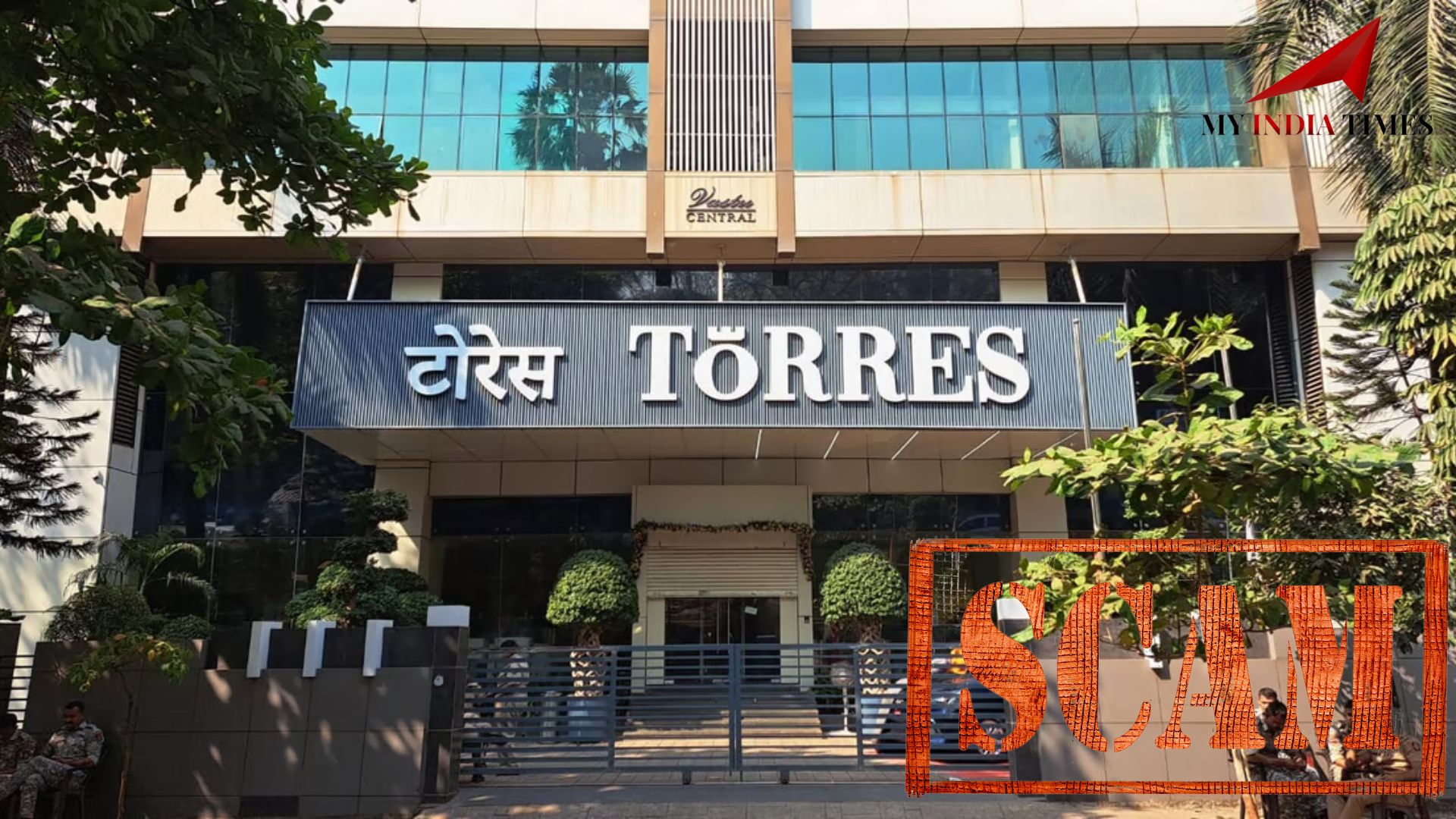

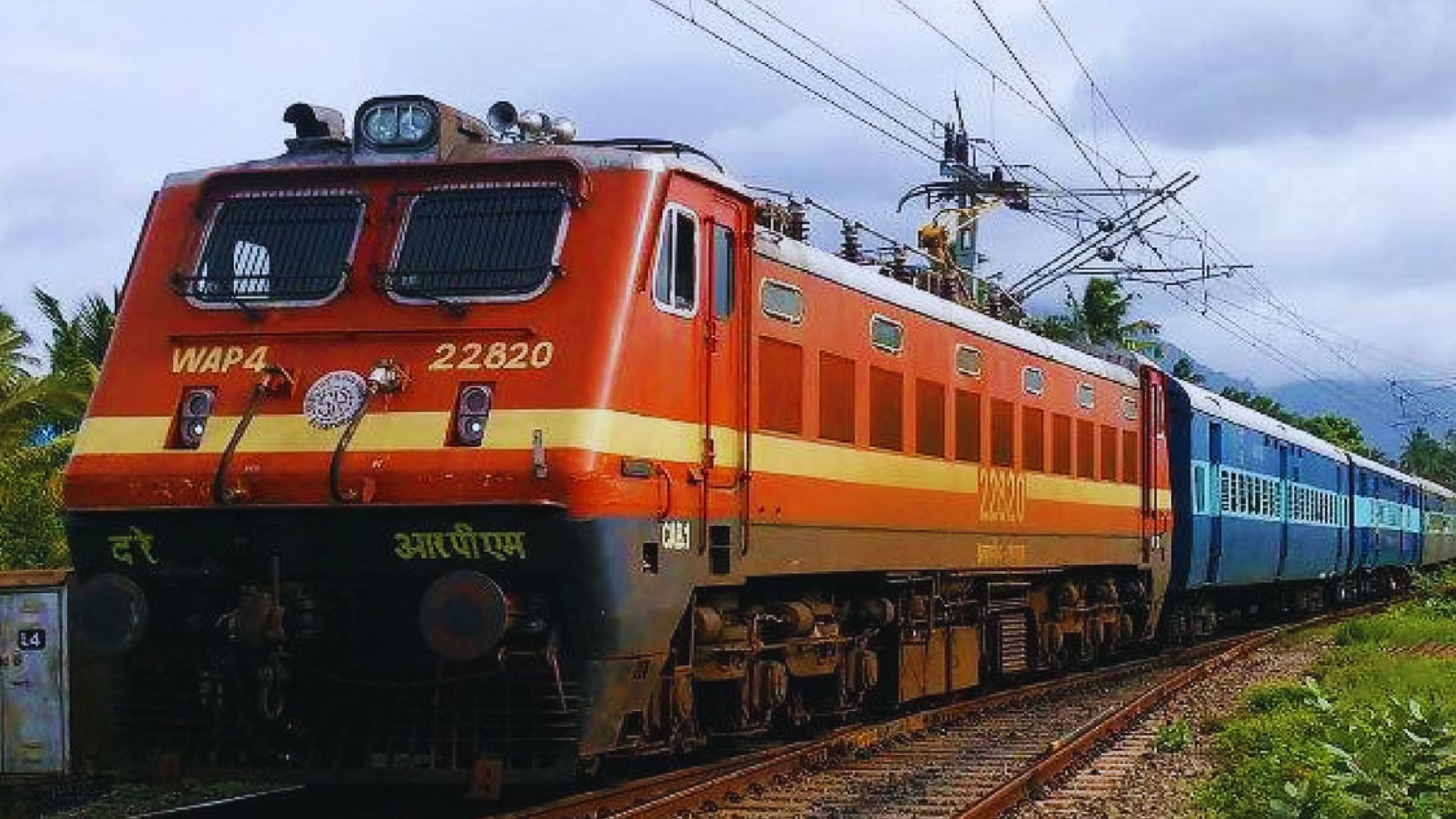




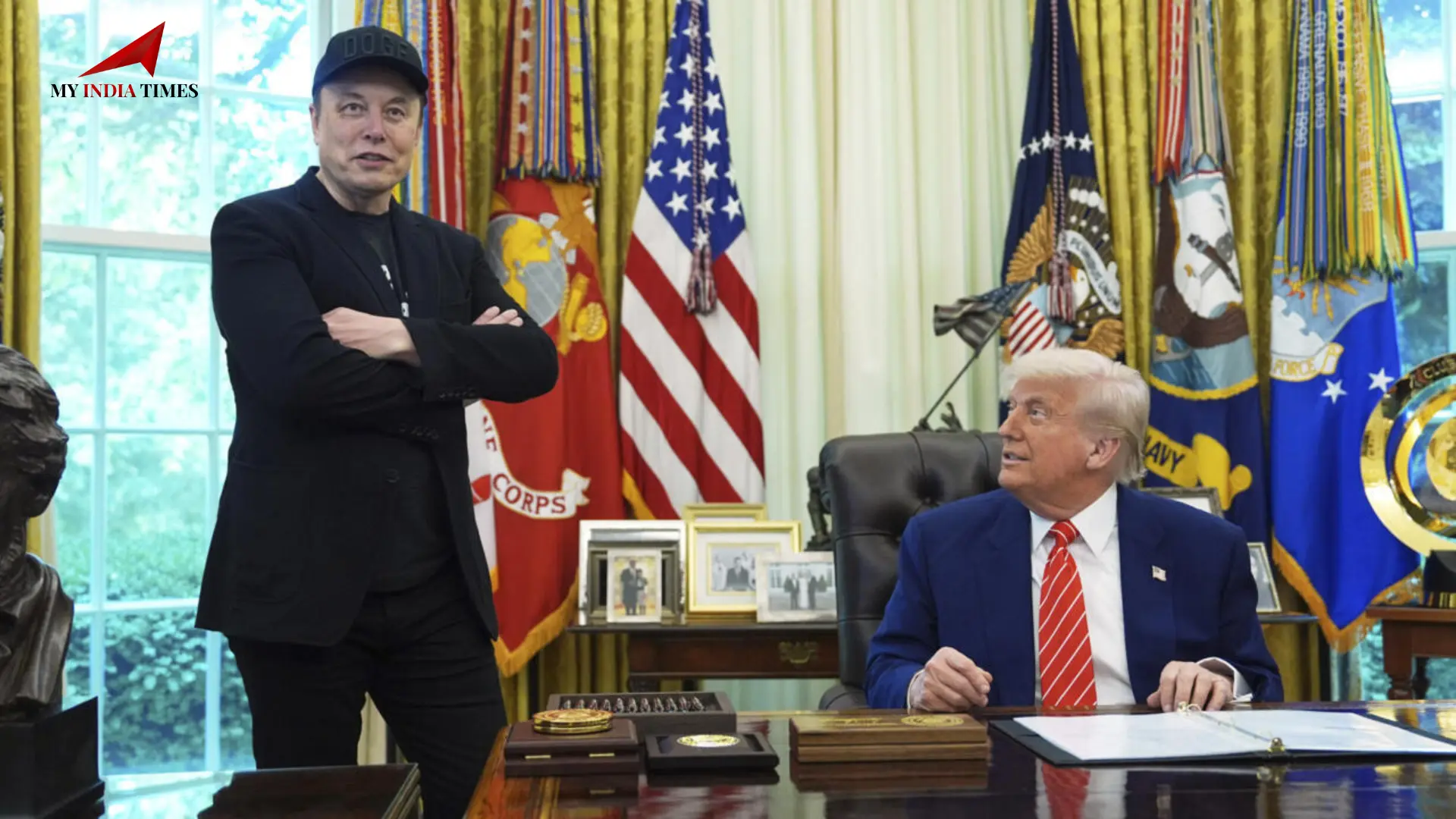



















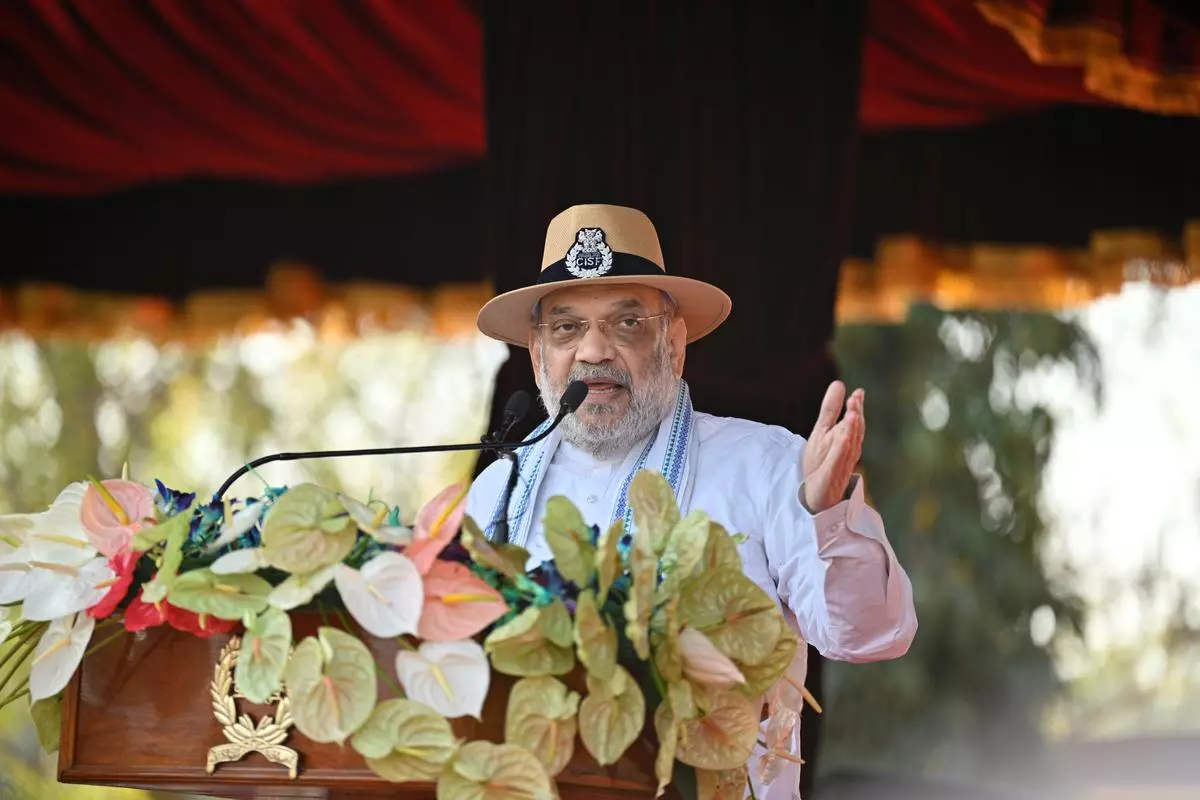






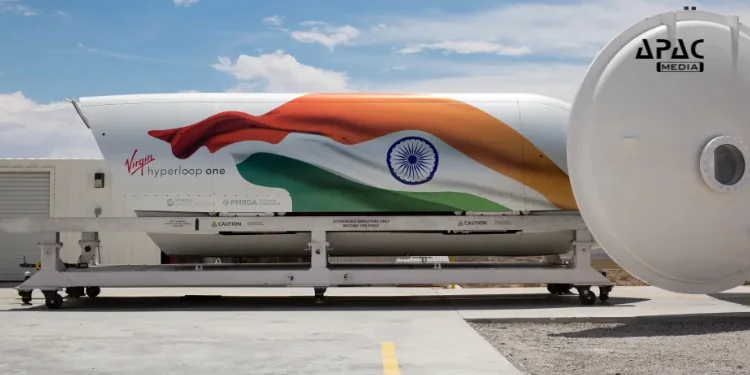



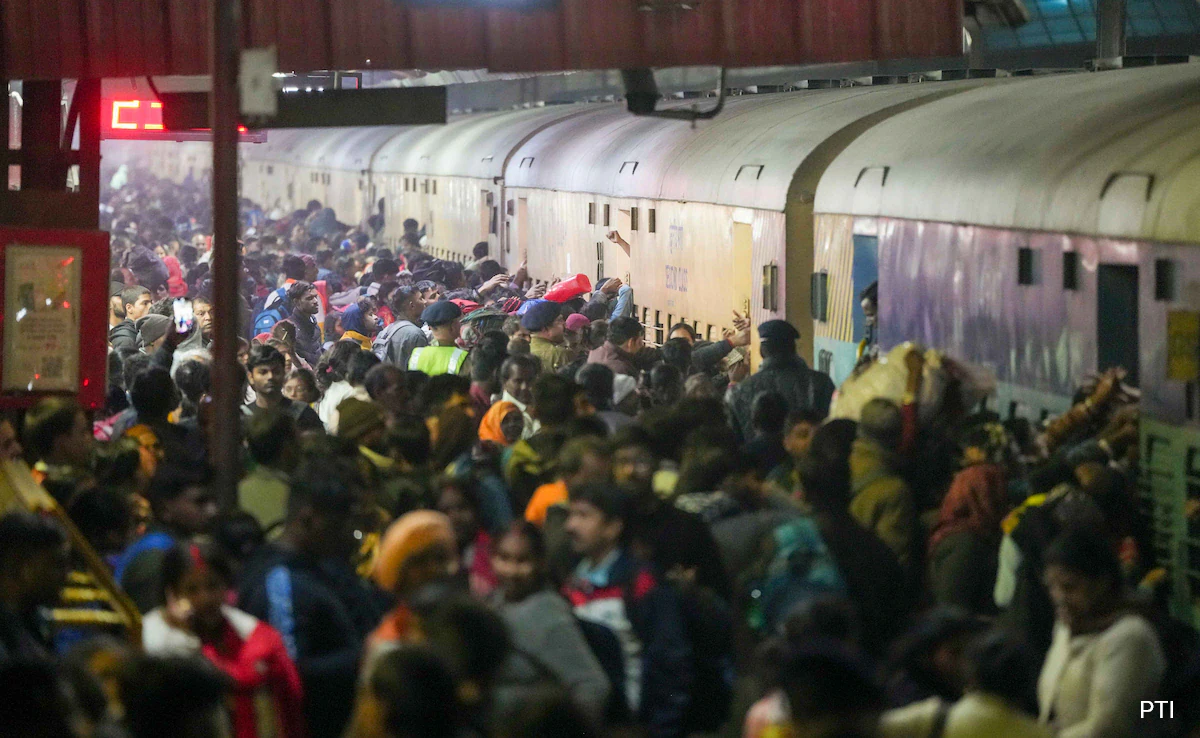
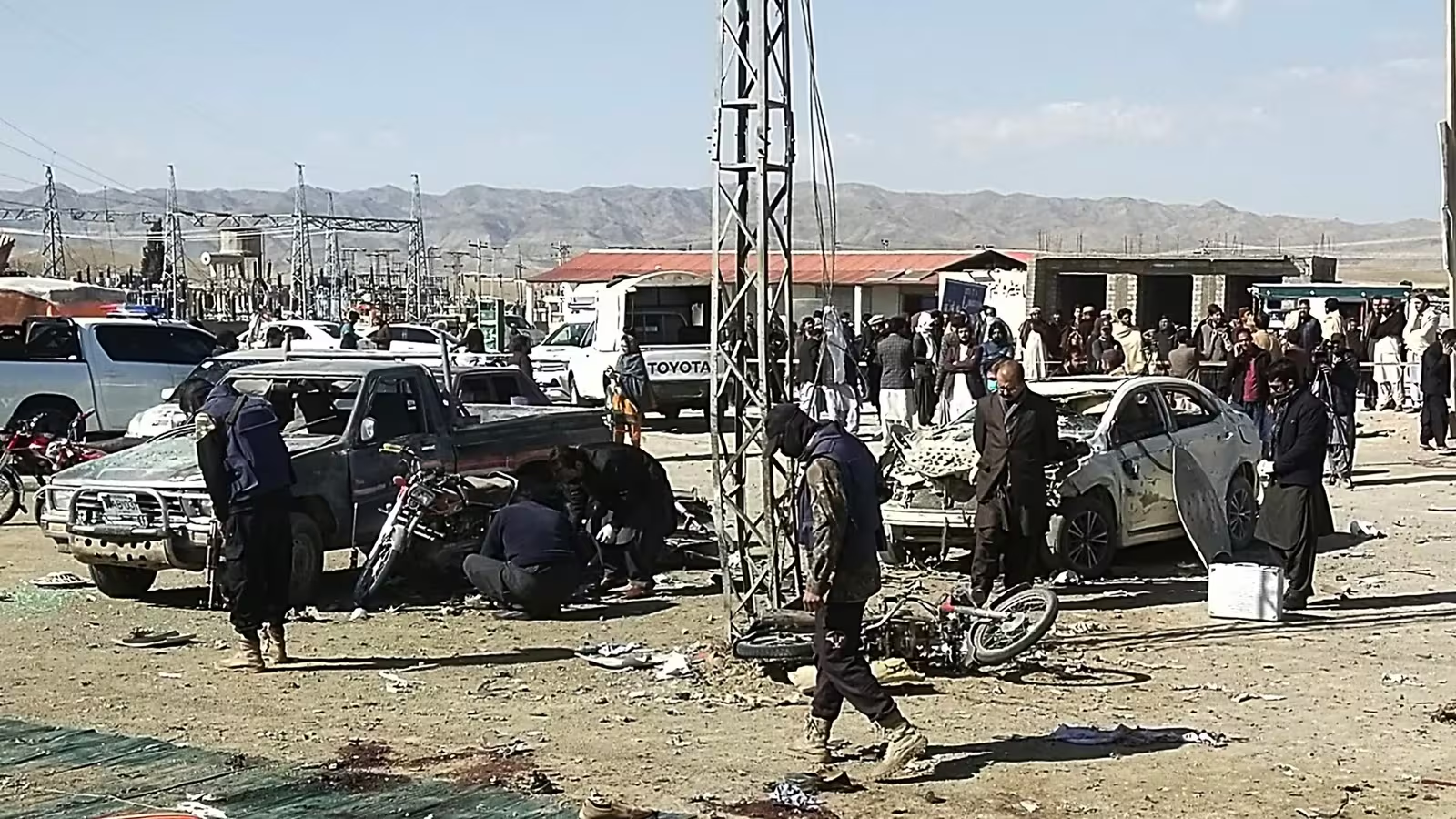
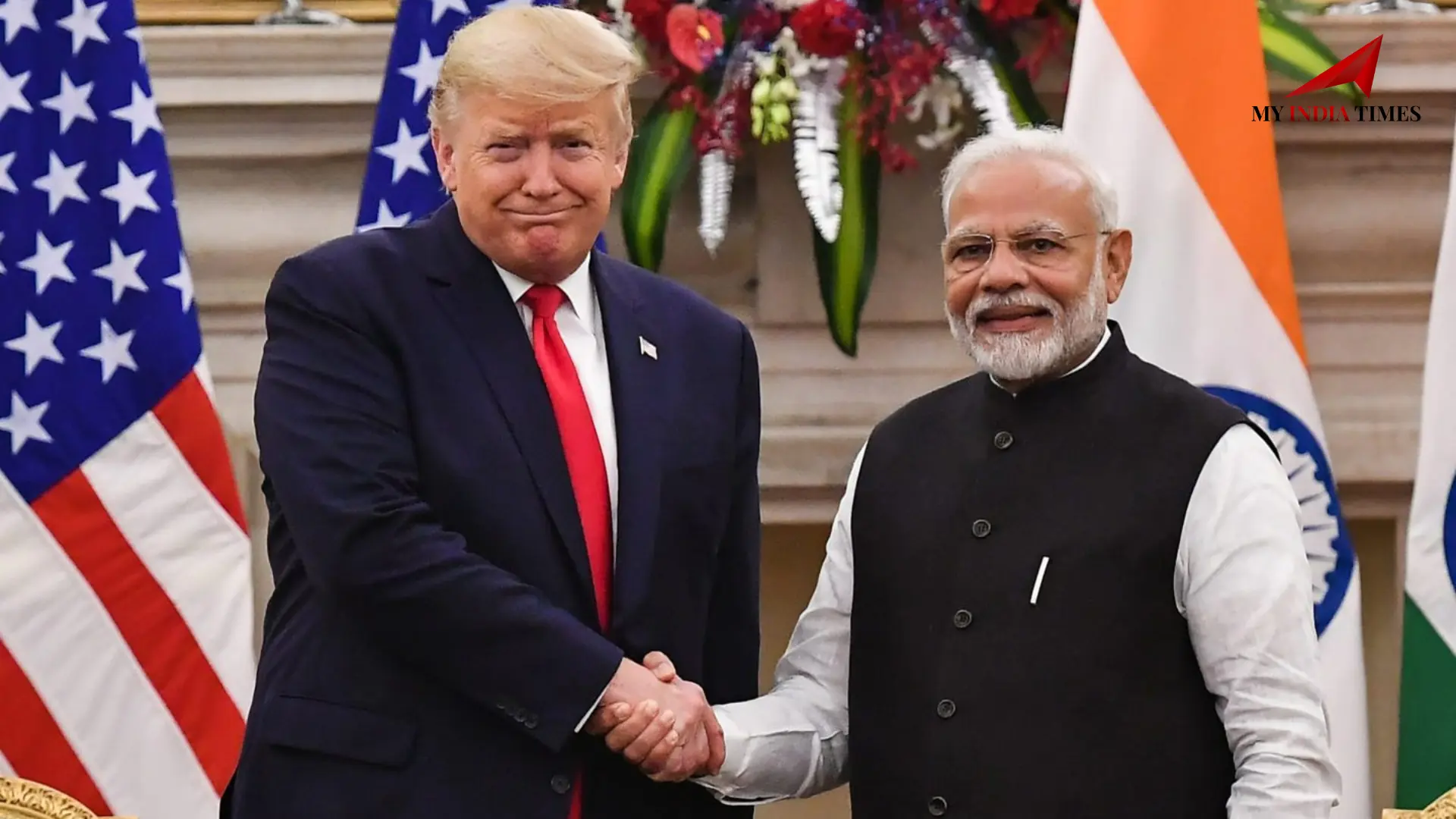

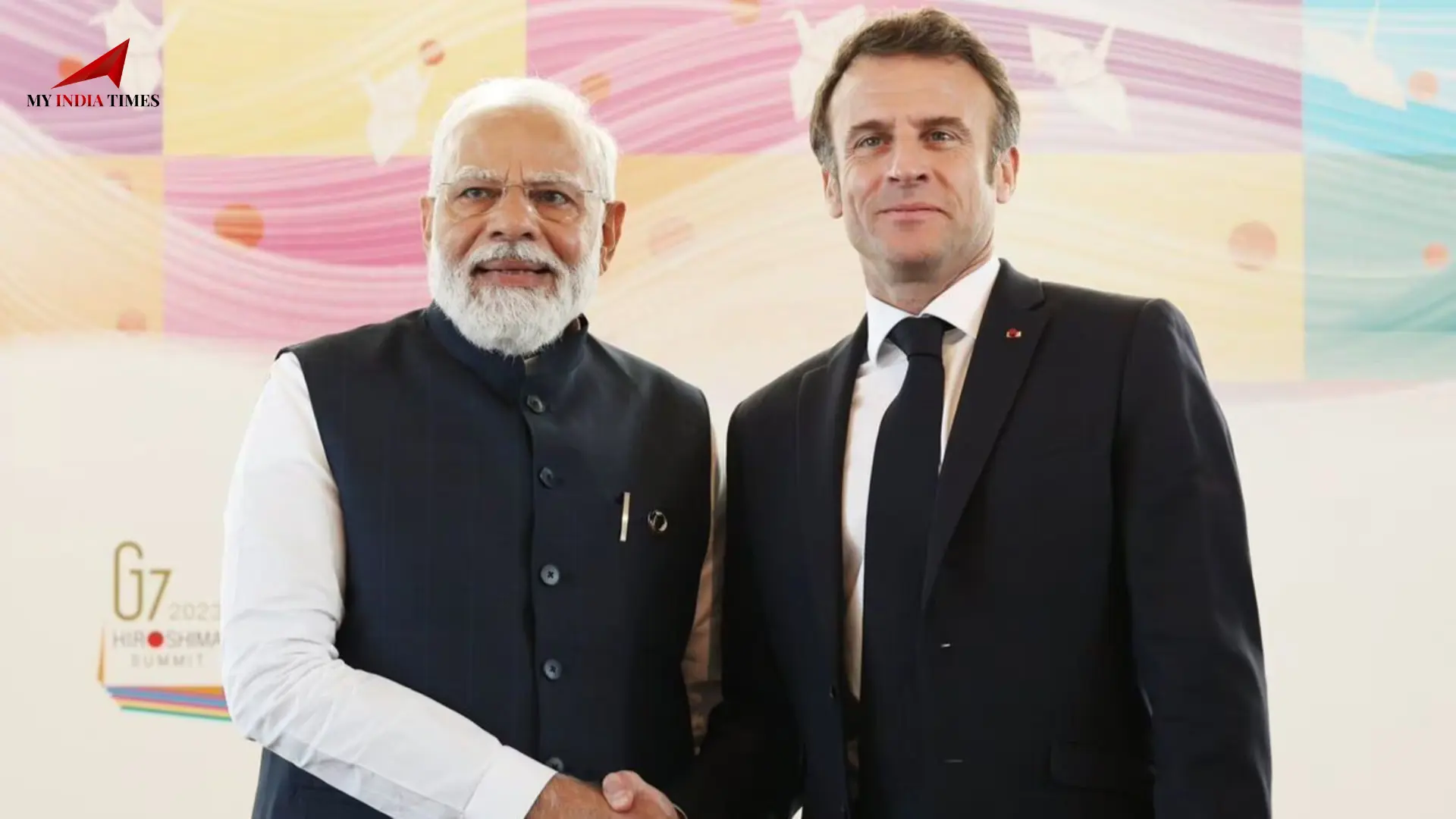

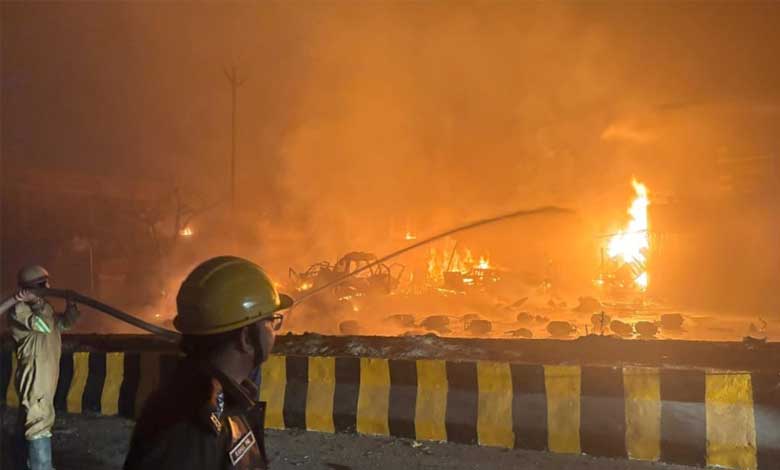




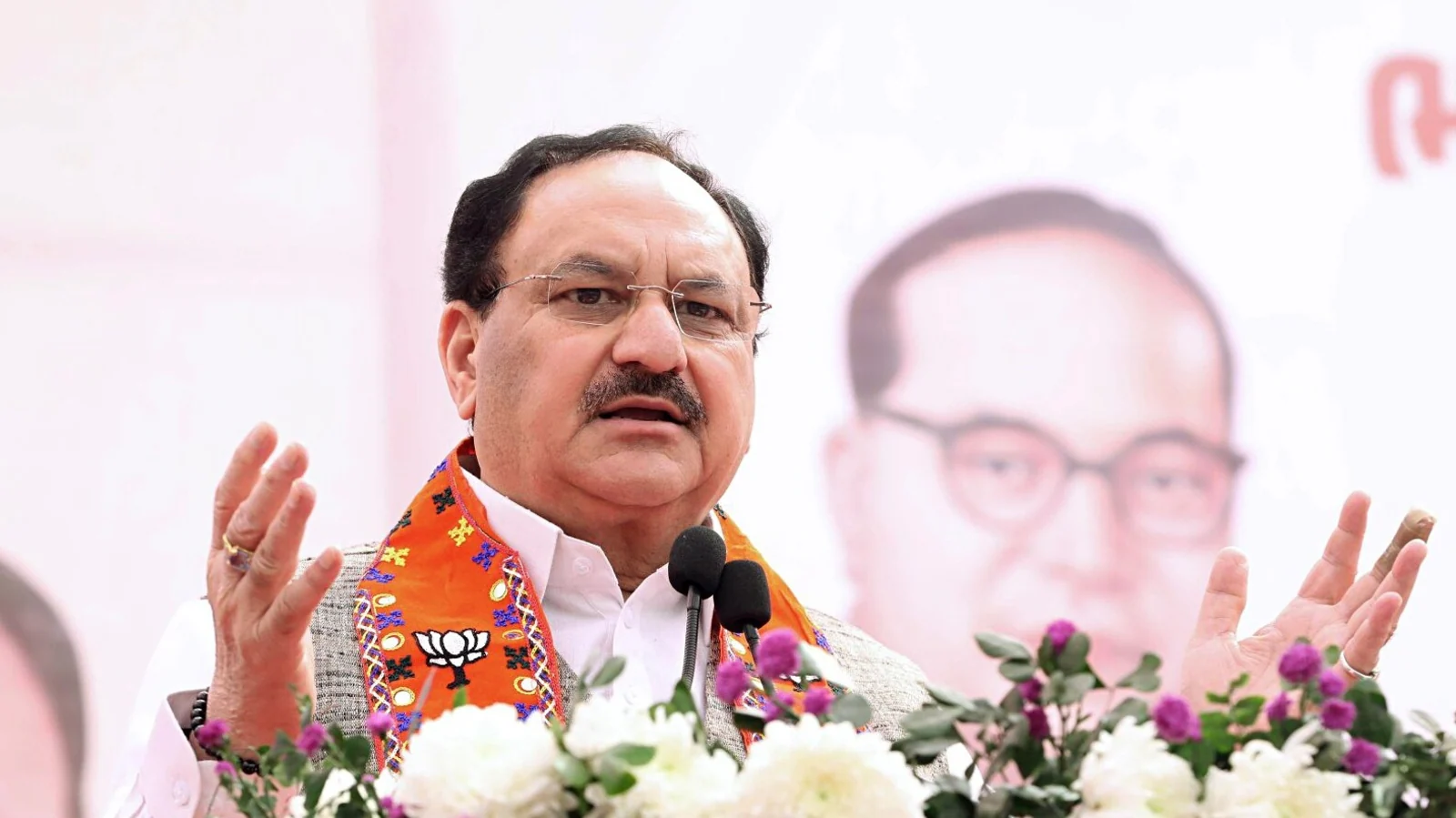
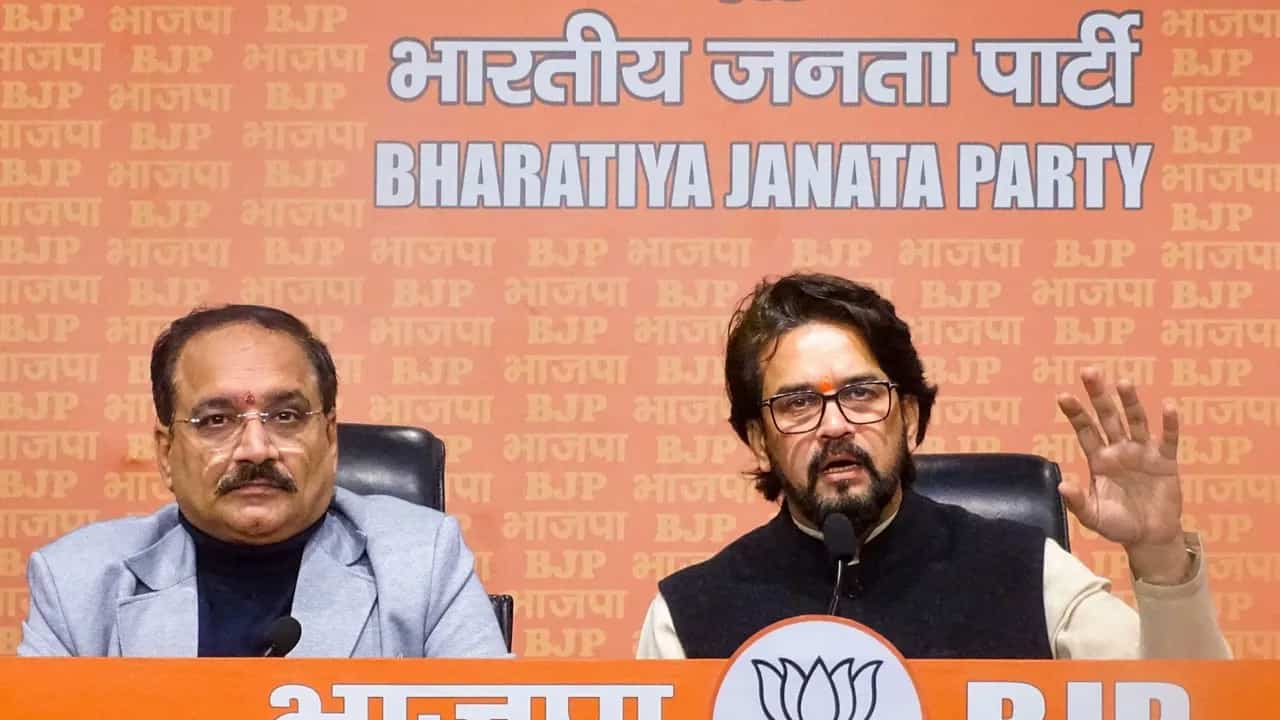


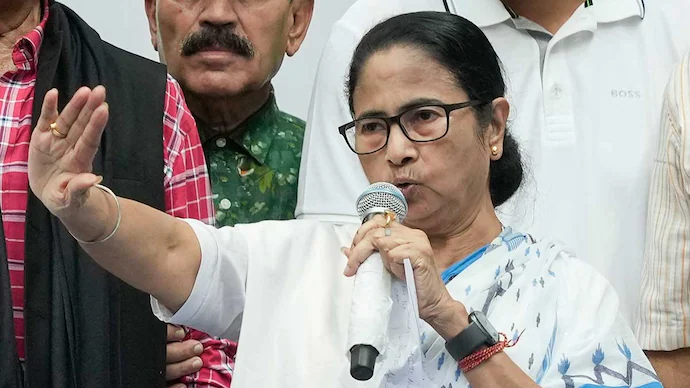






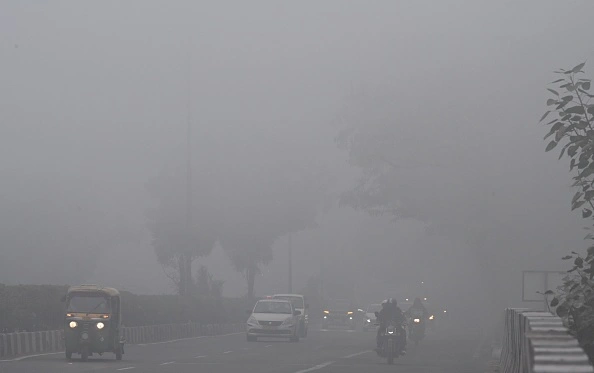




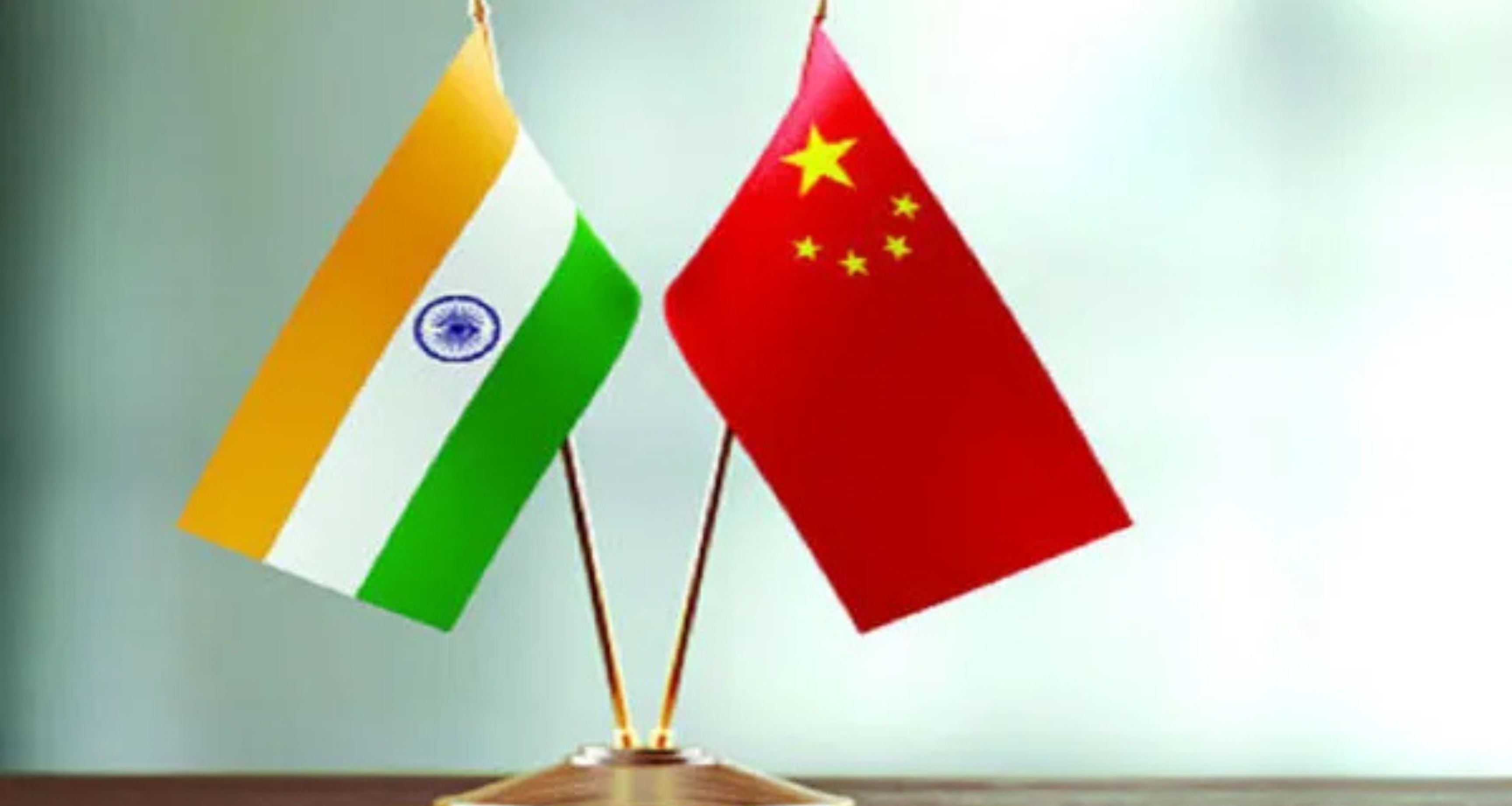
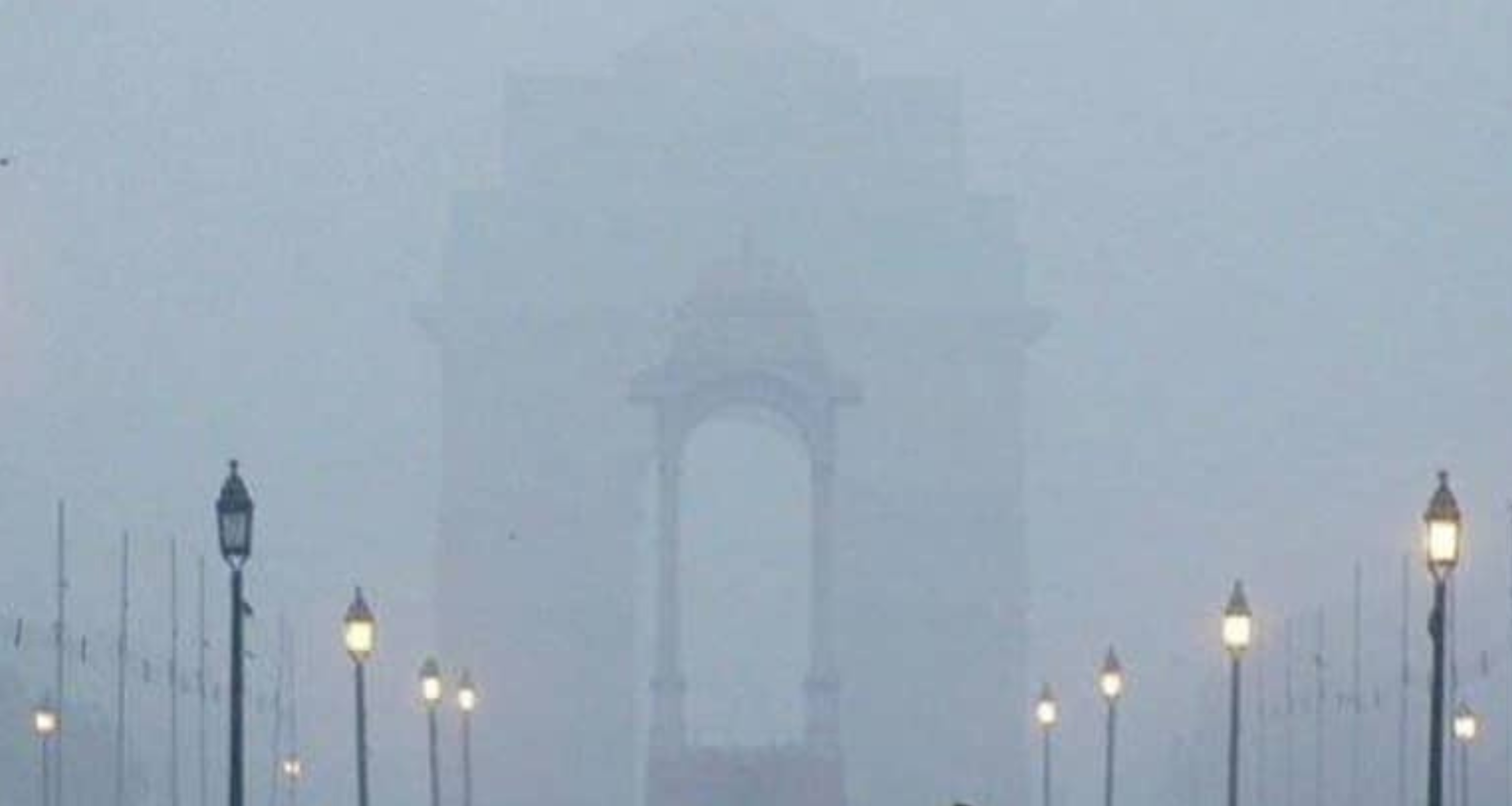
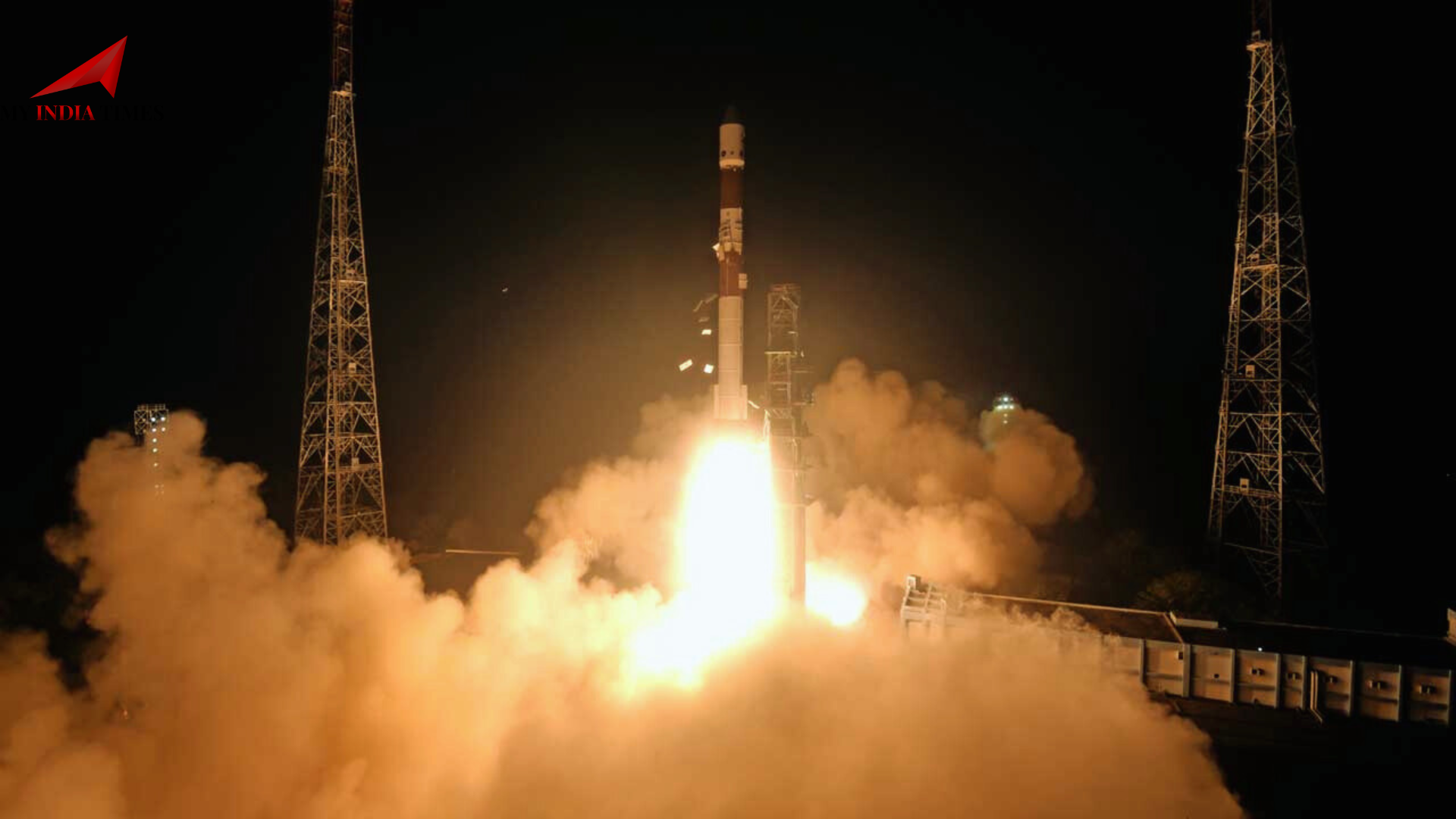




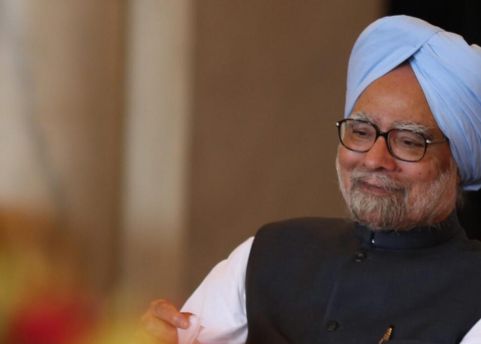




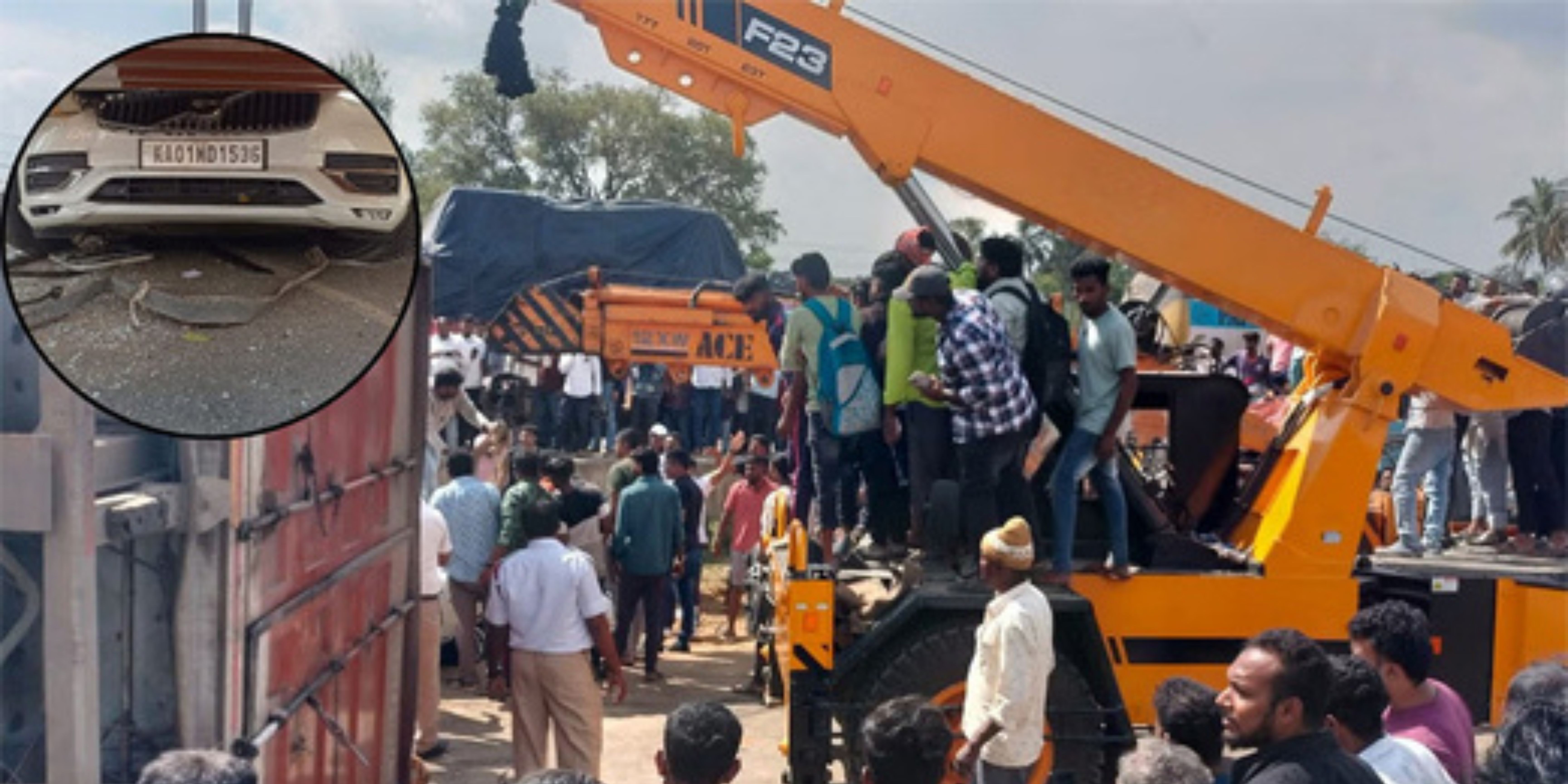




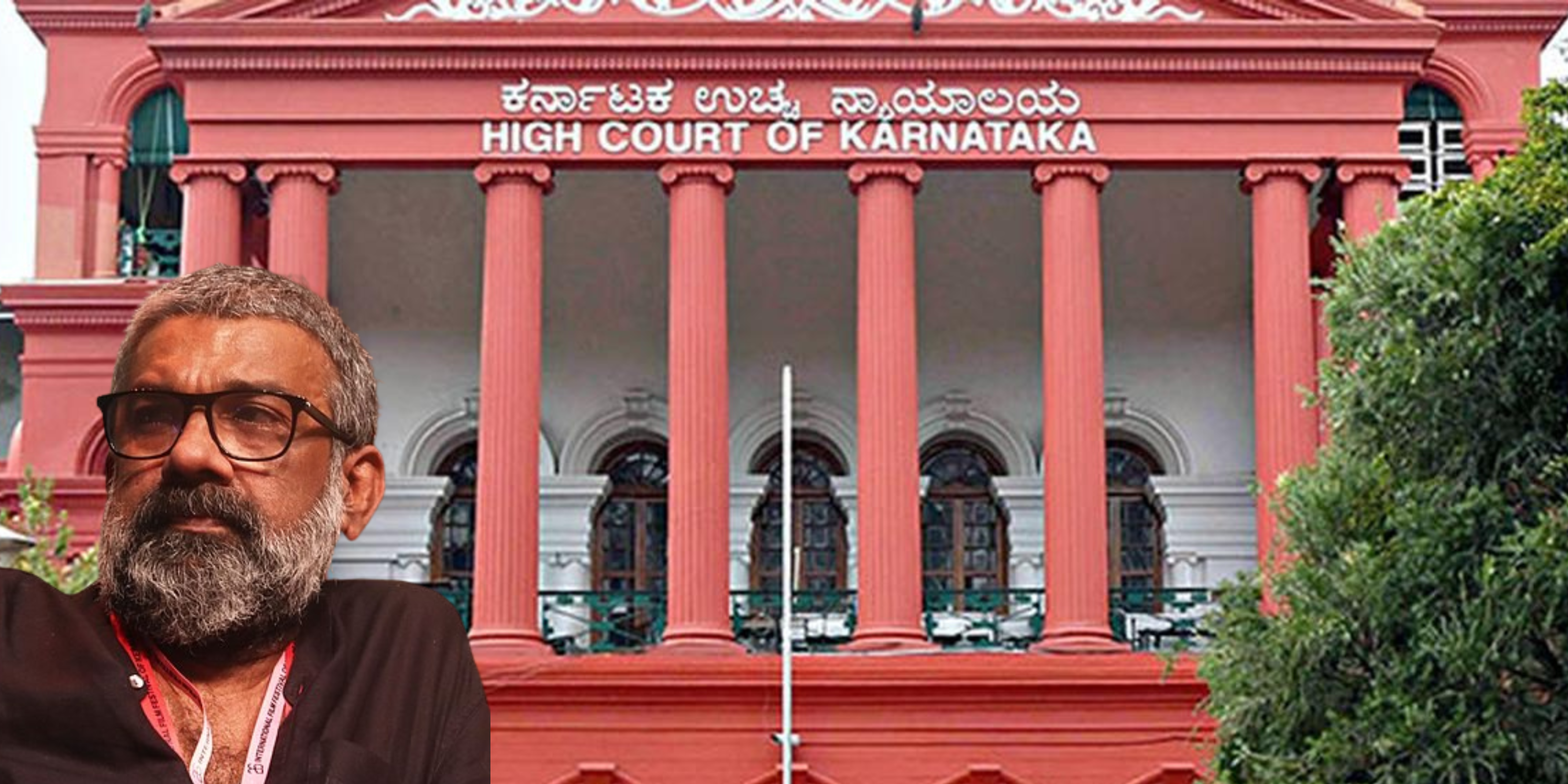
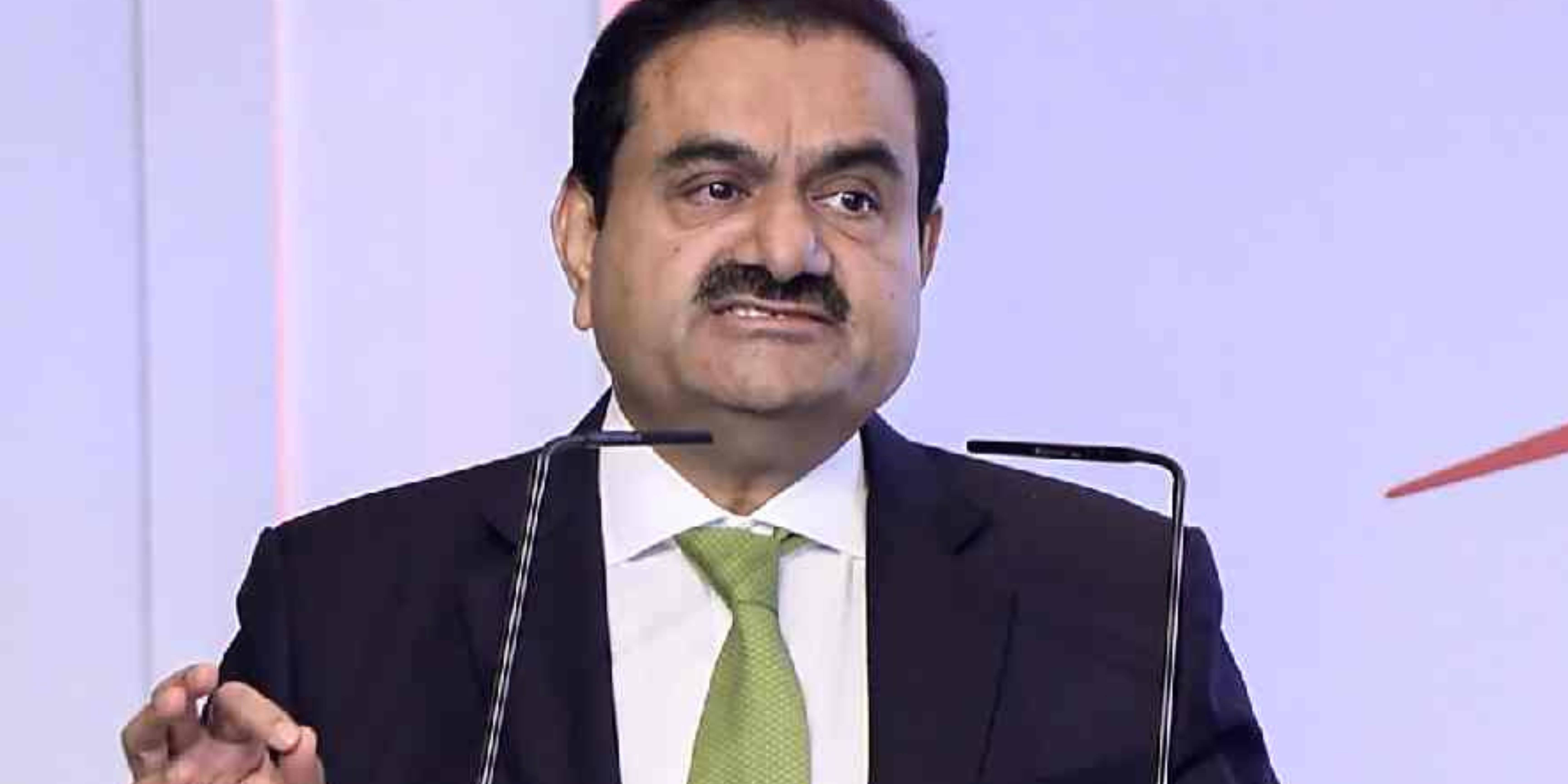
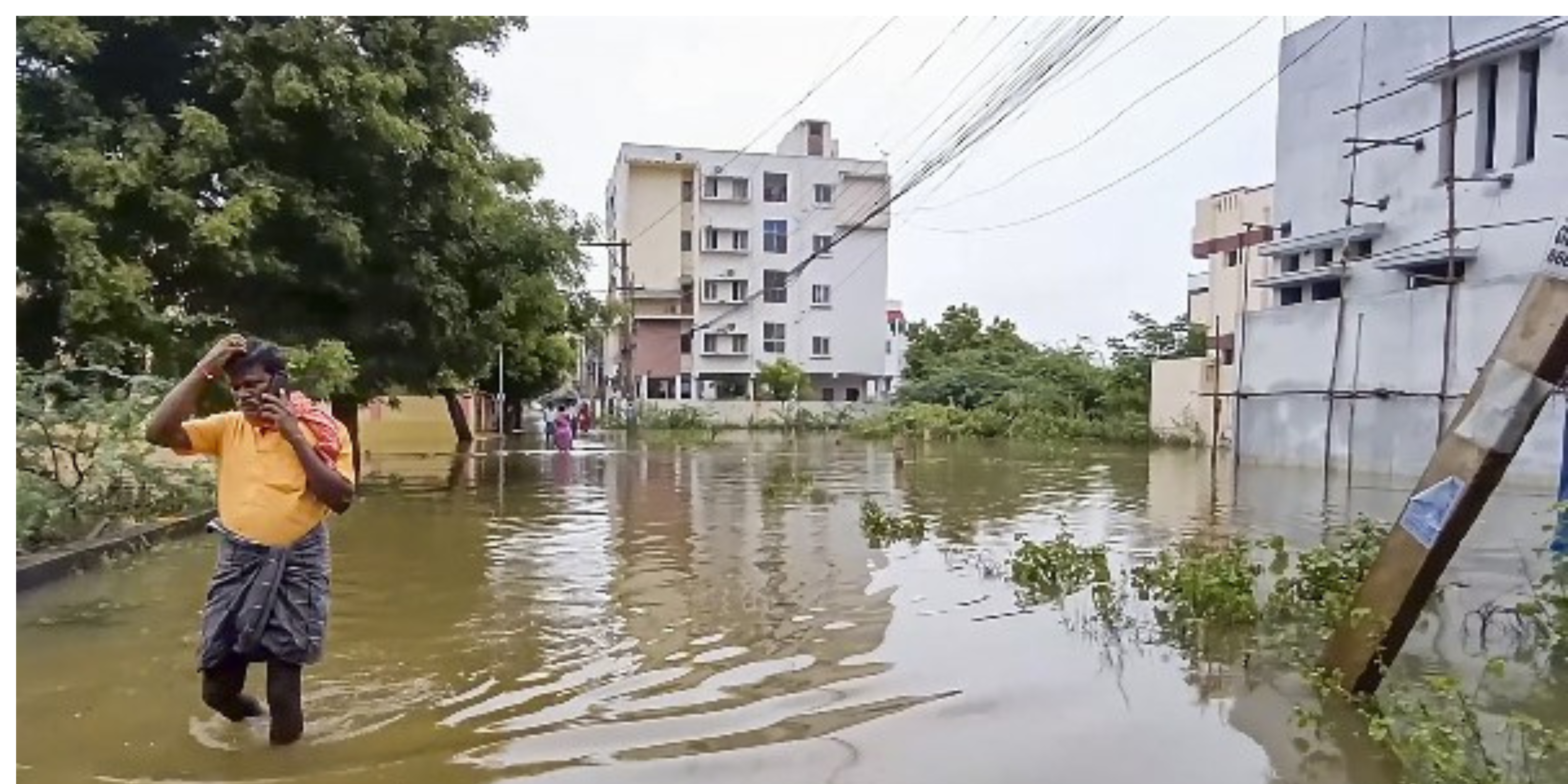
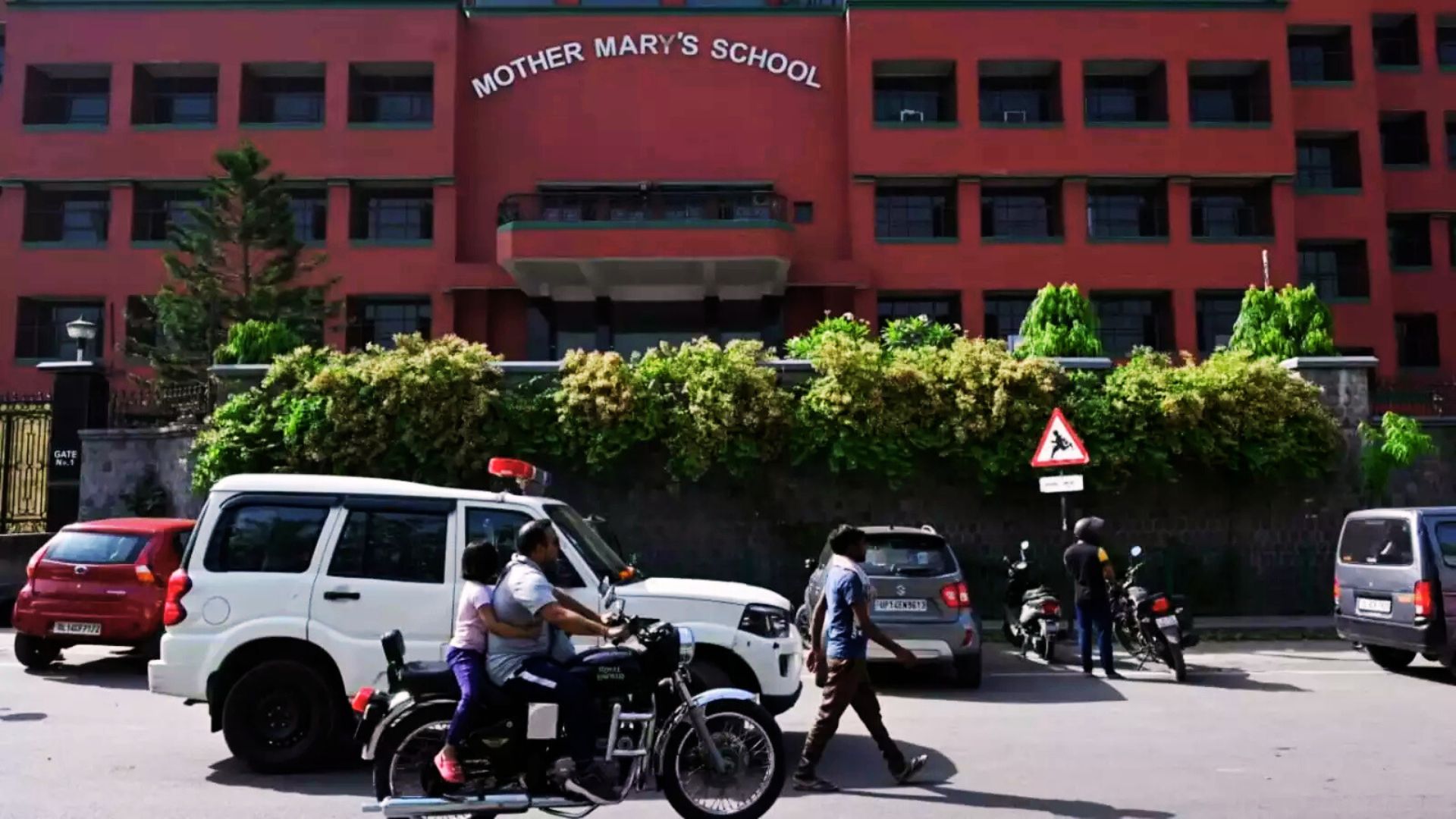

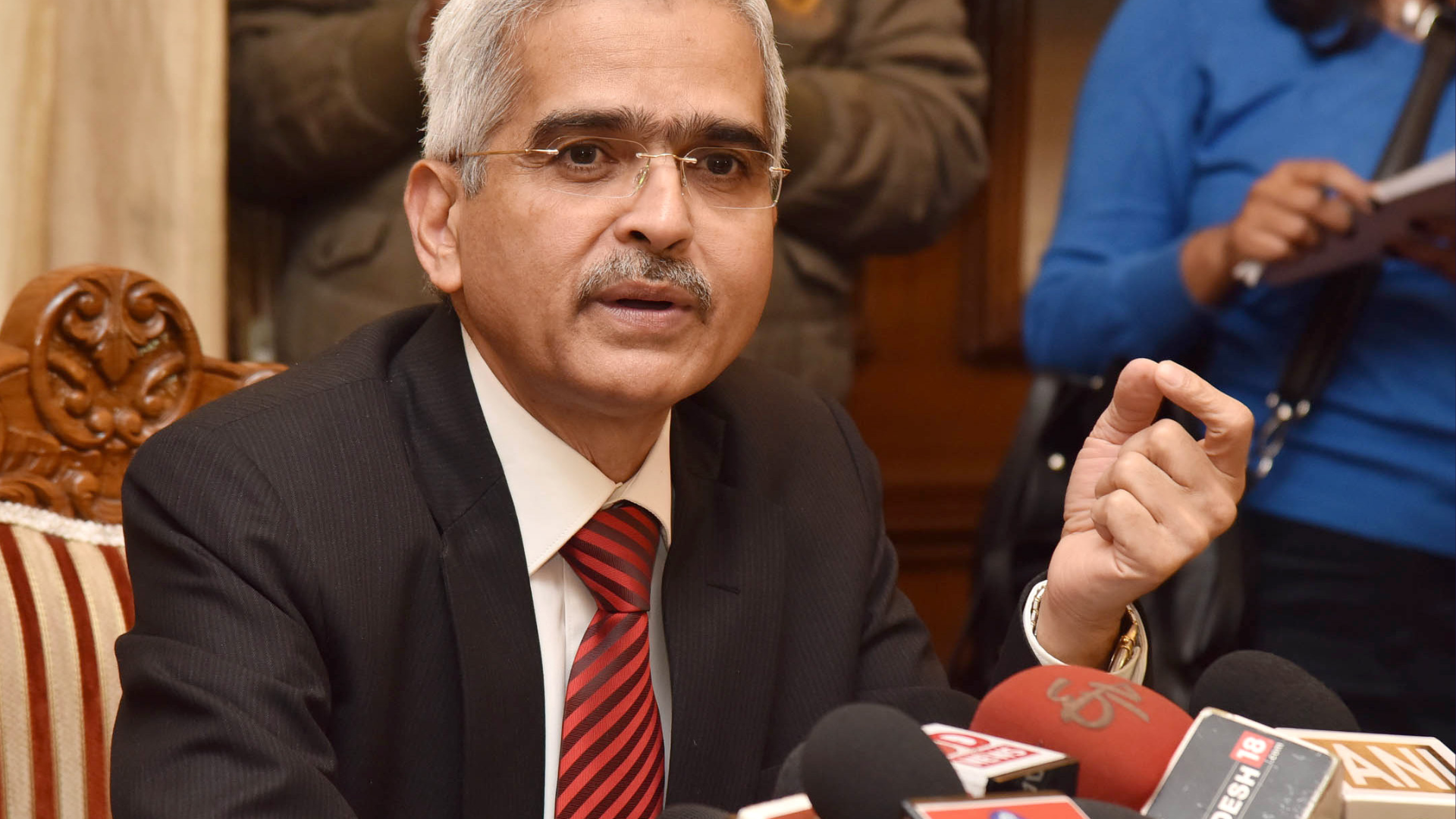
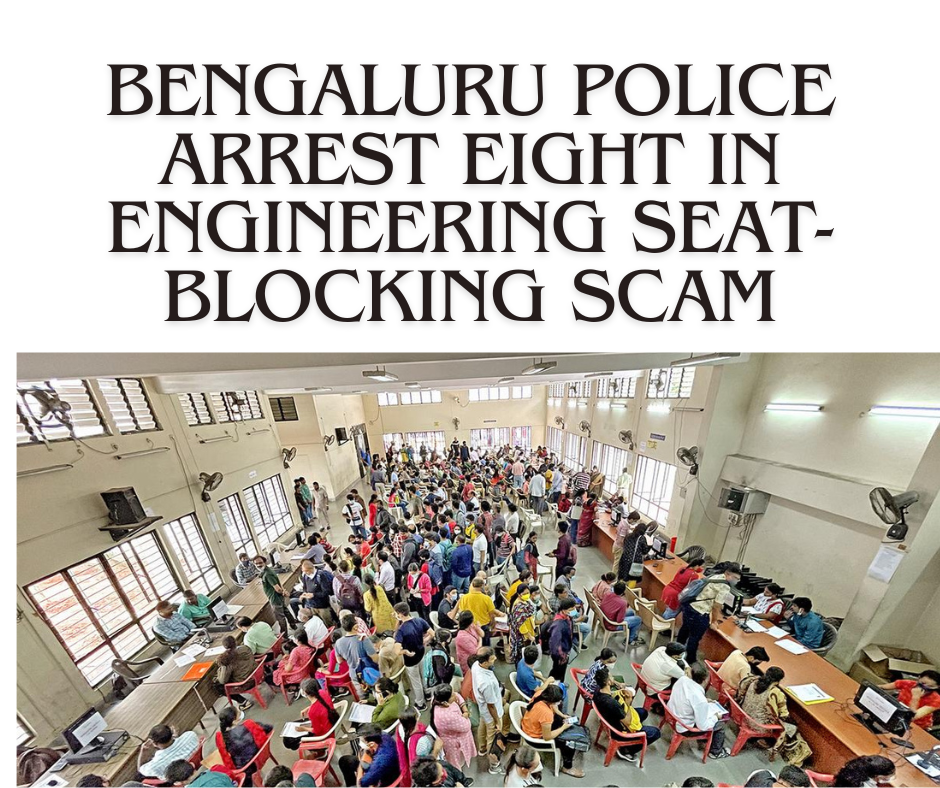


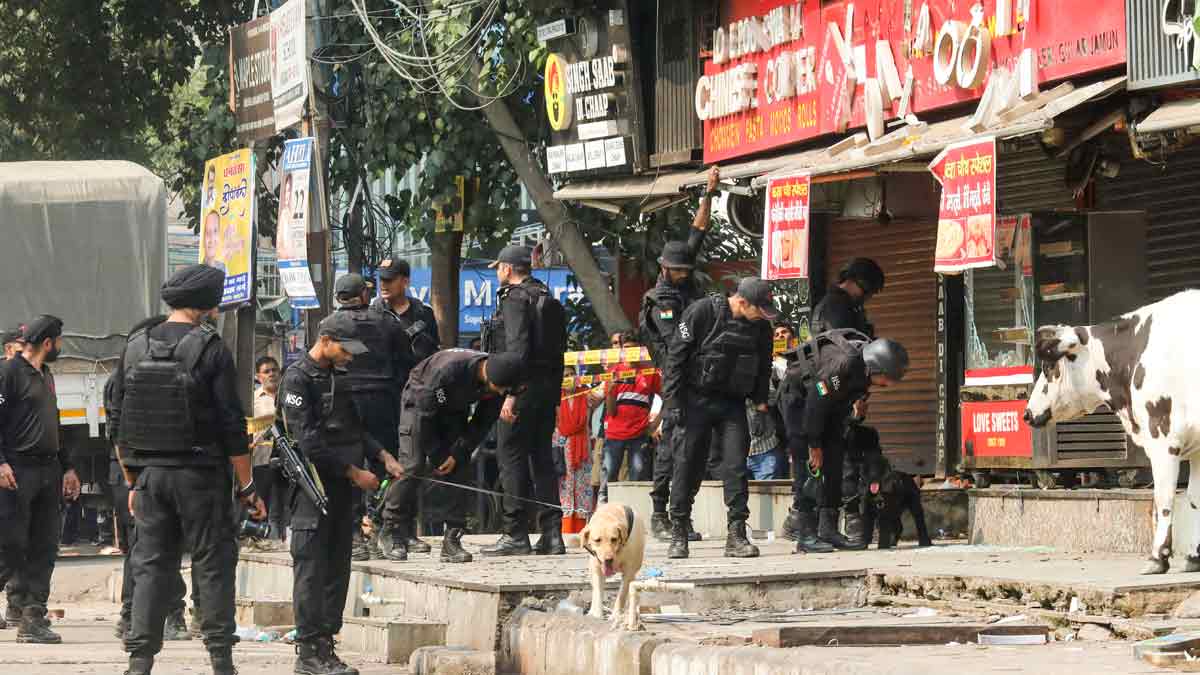



.png)
 (1).png)
